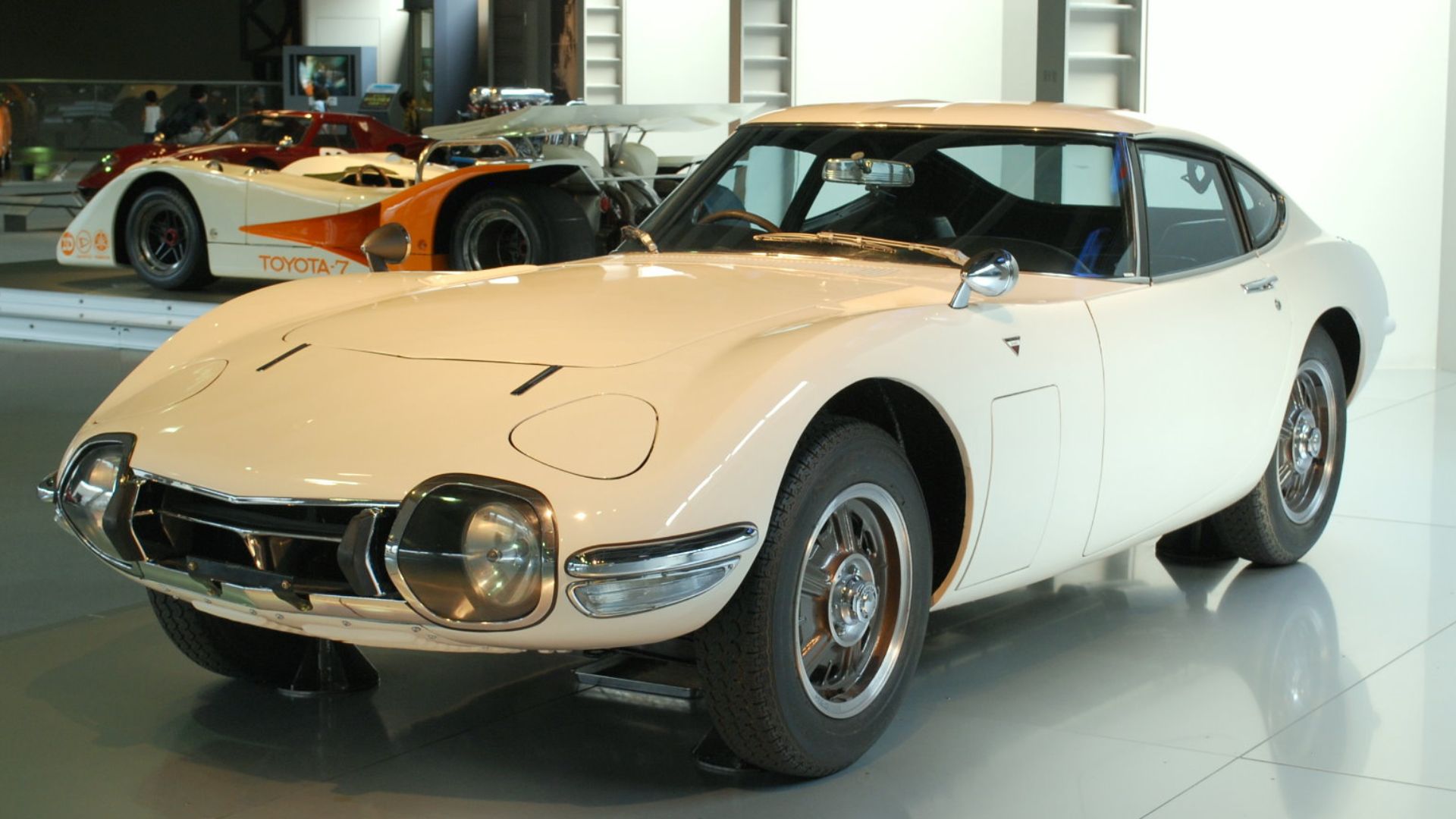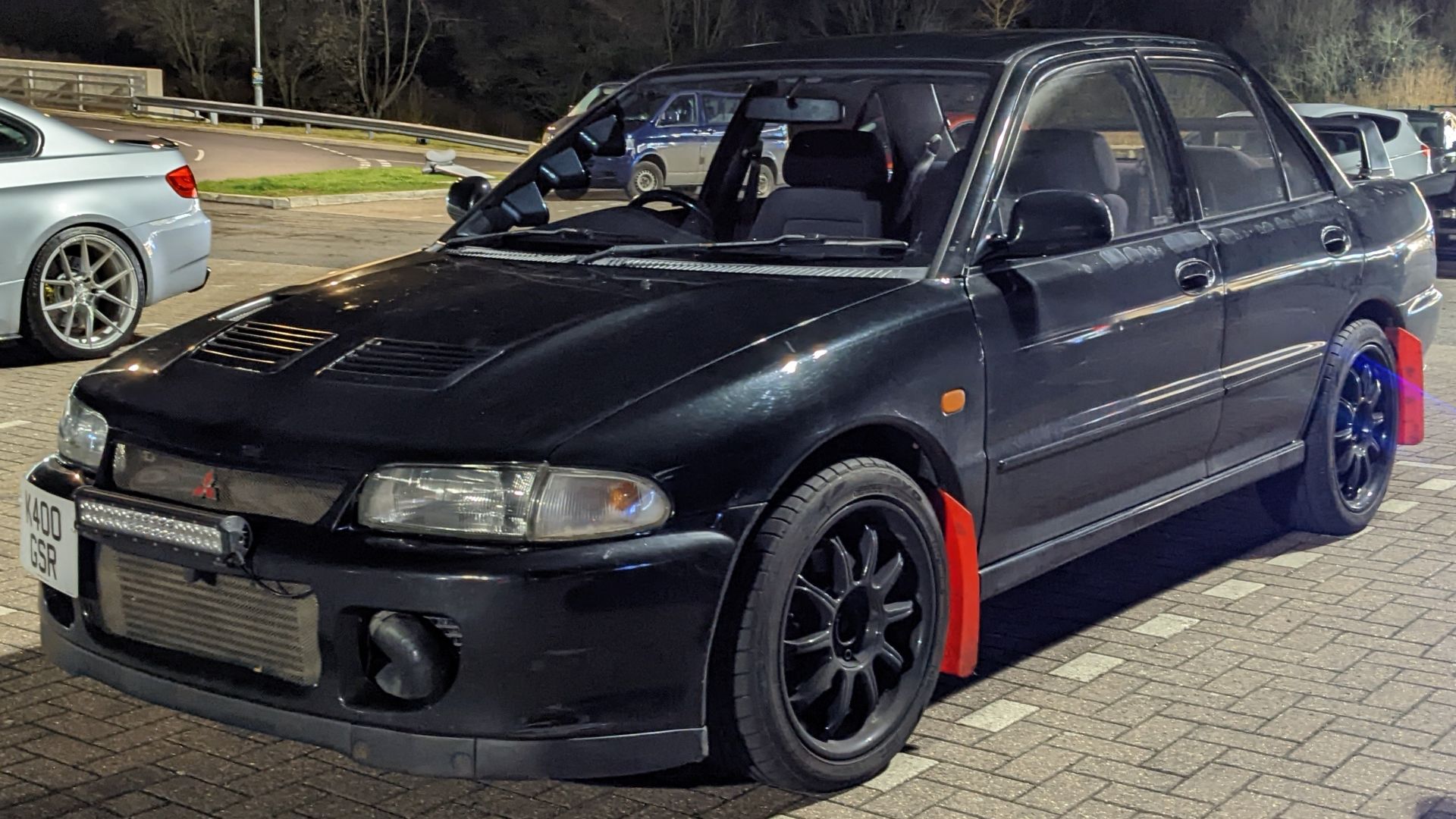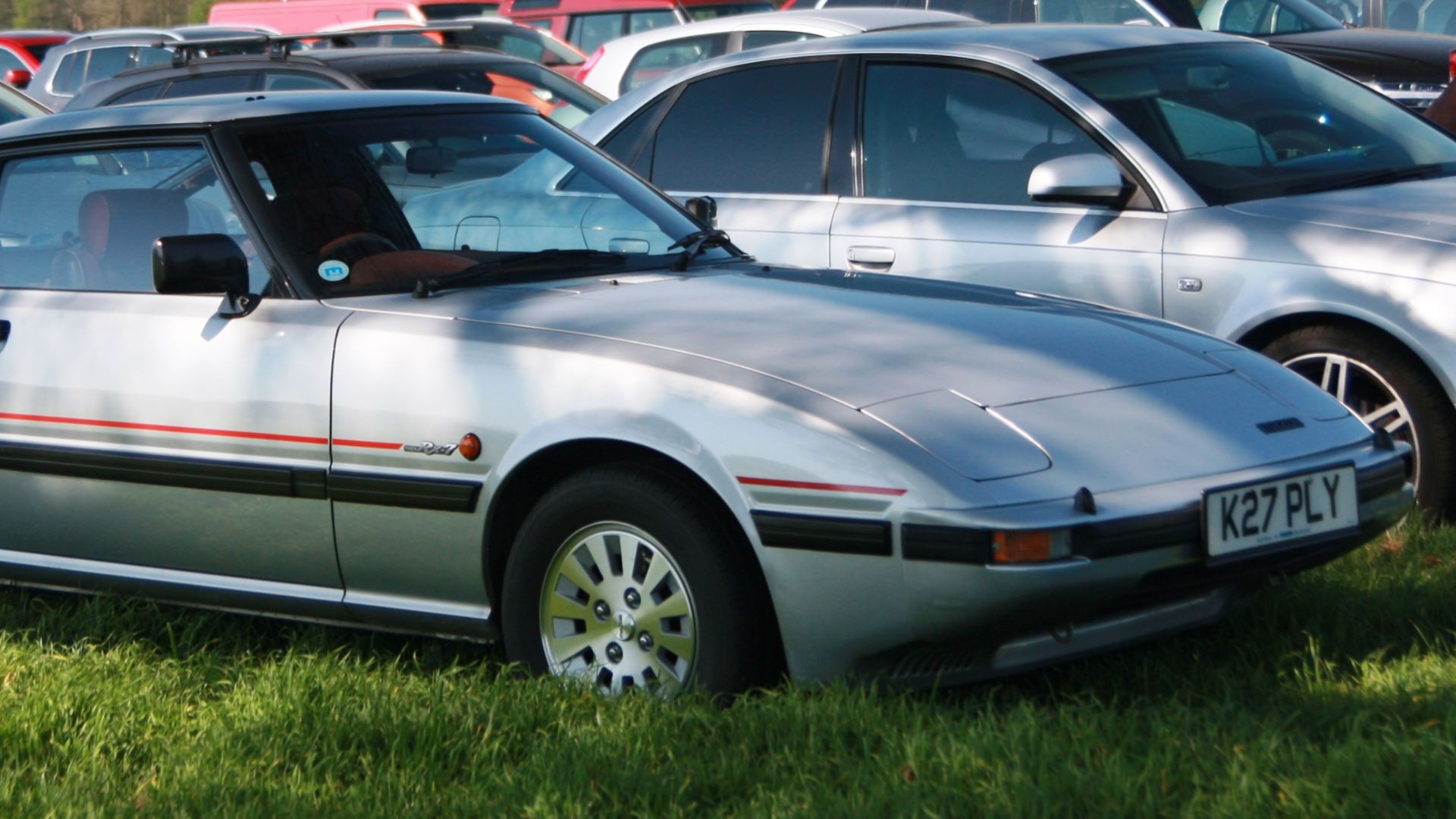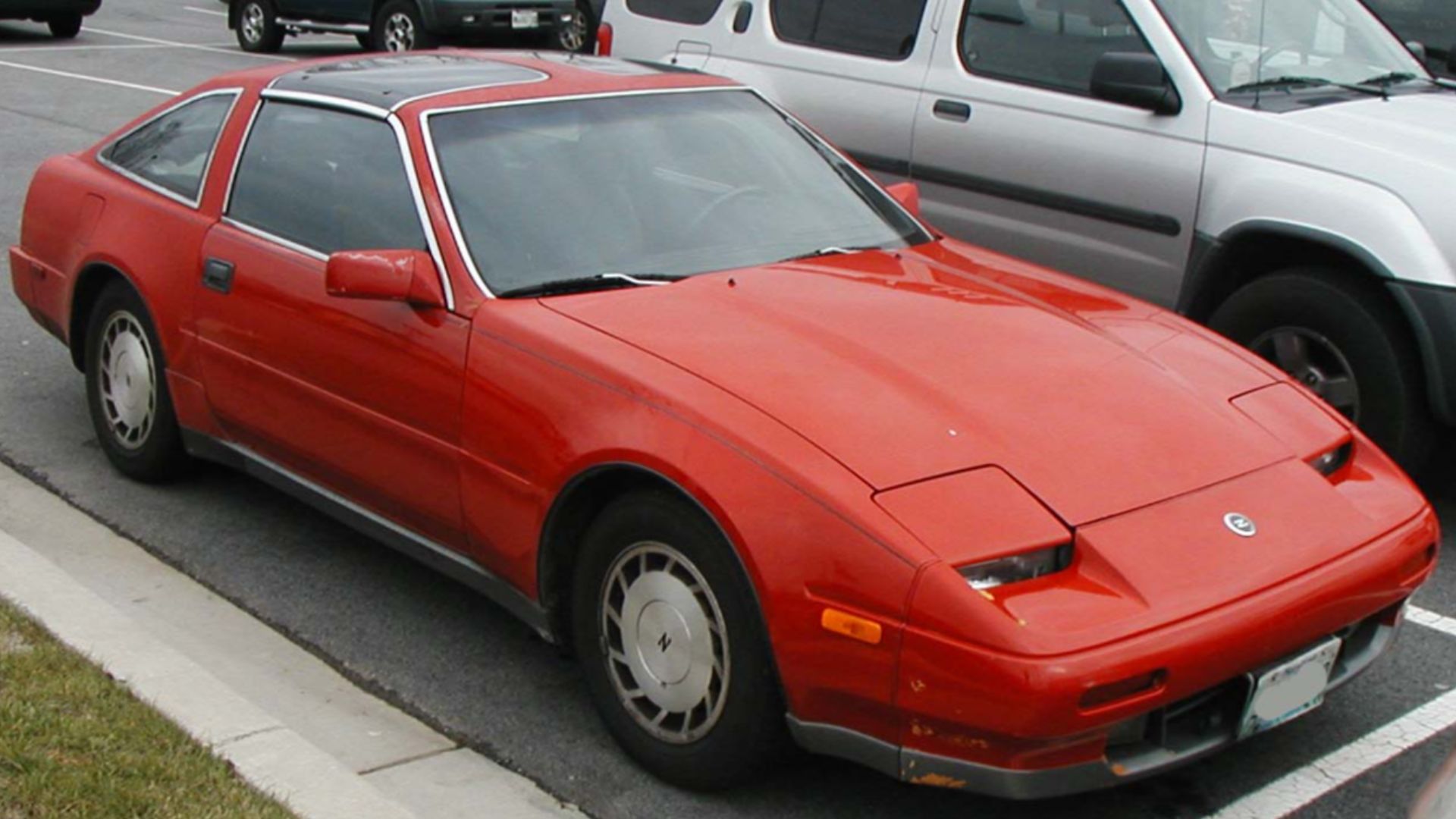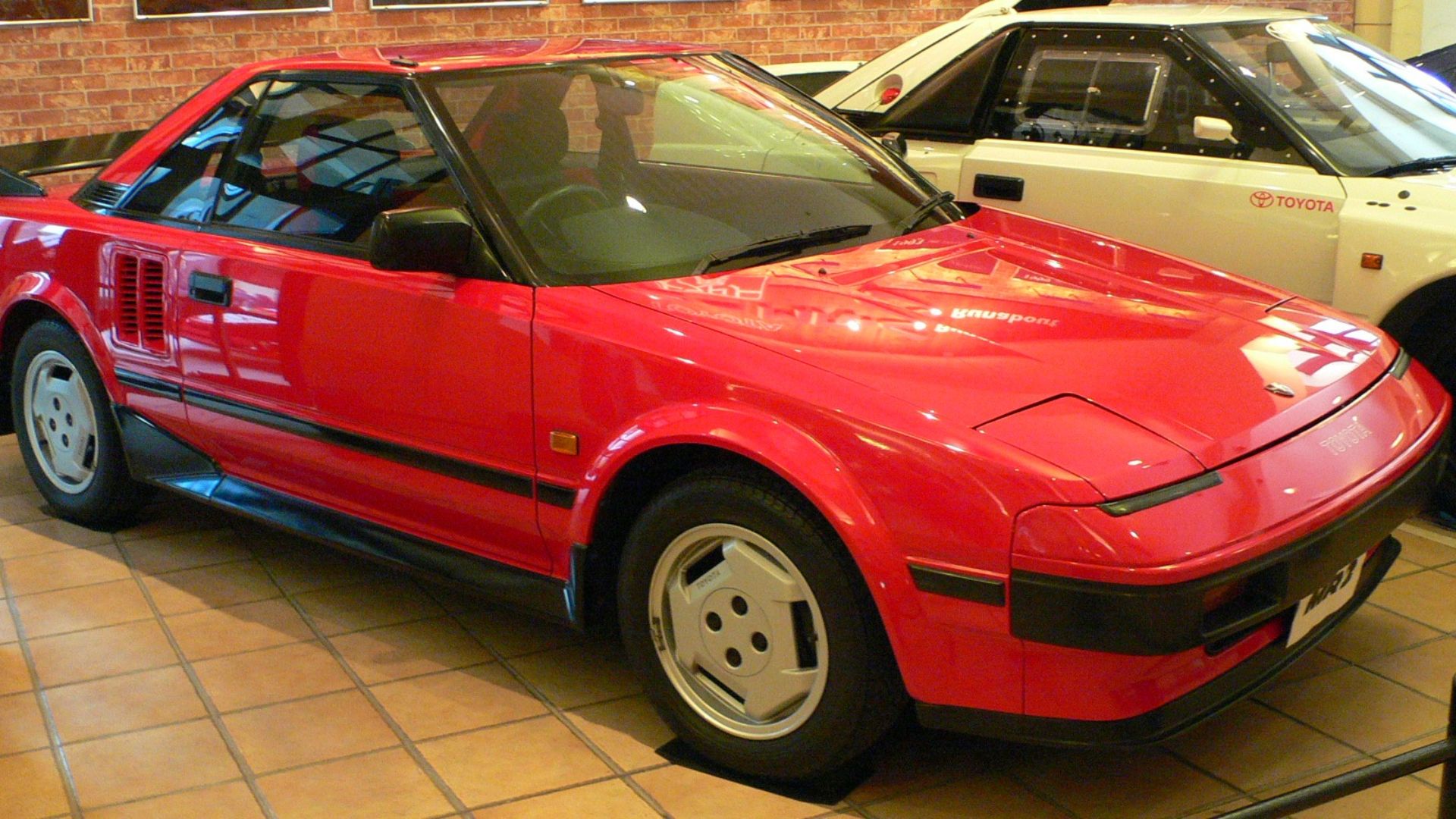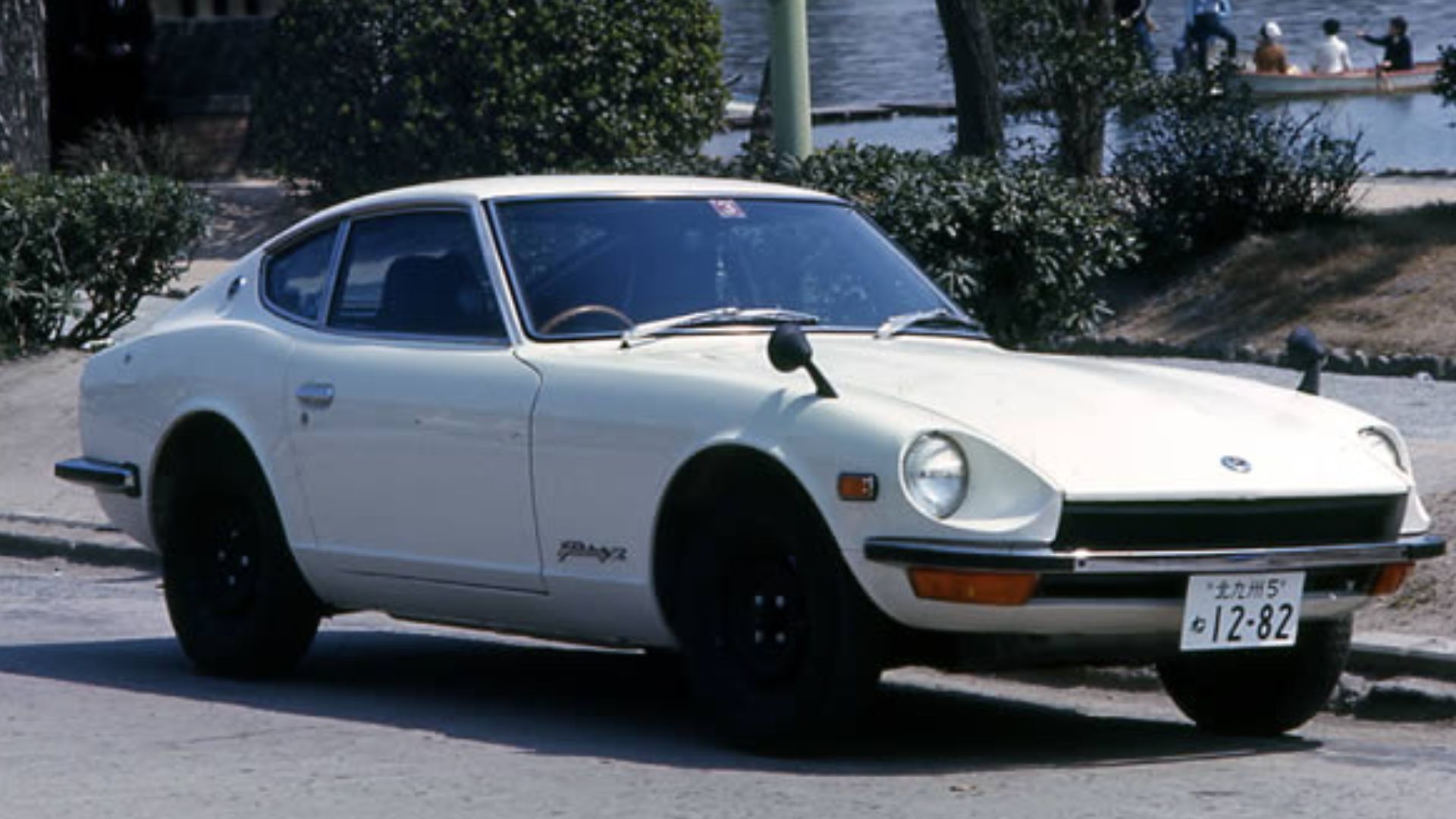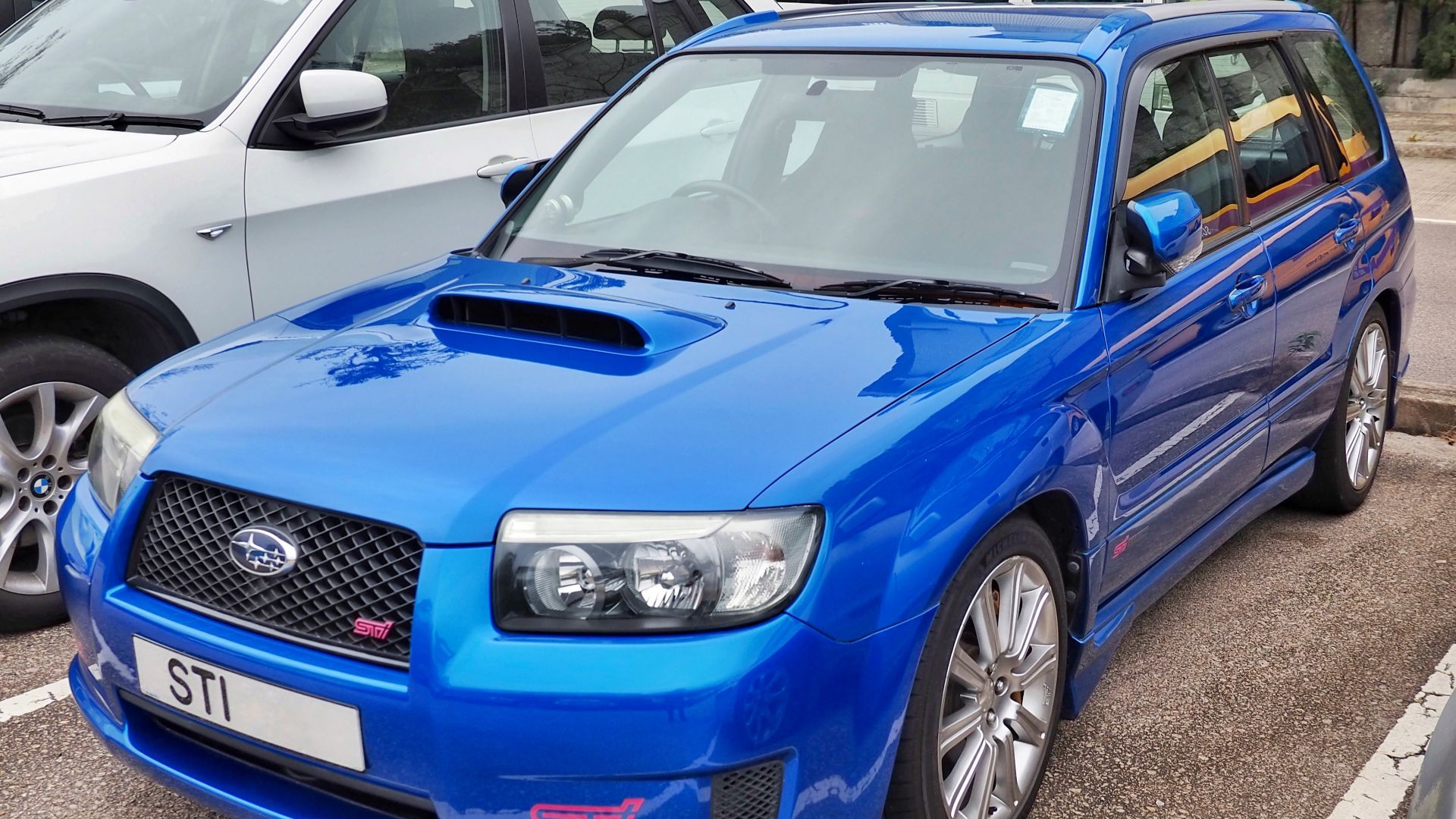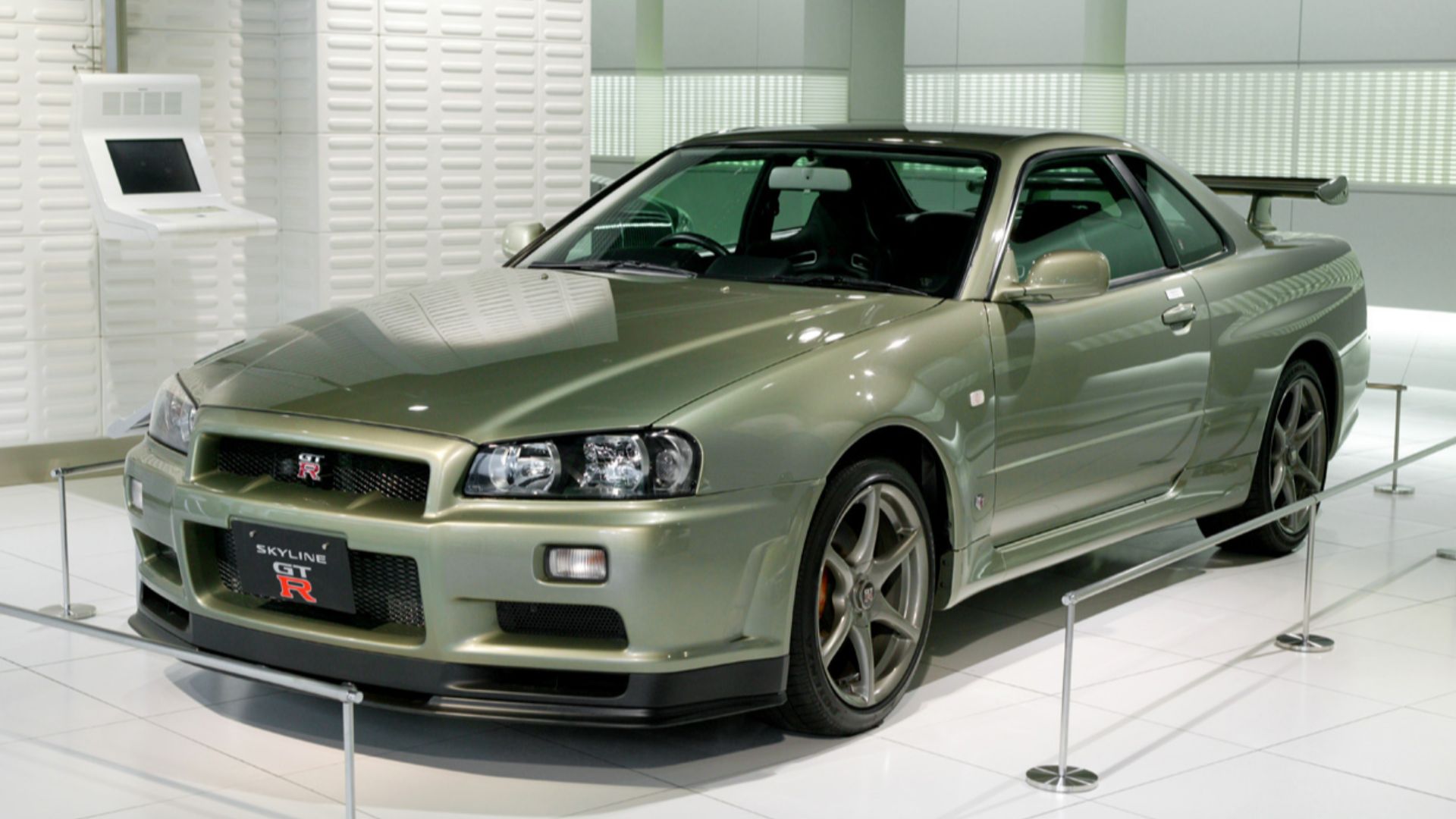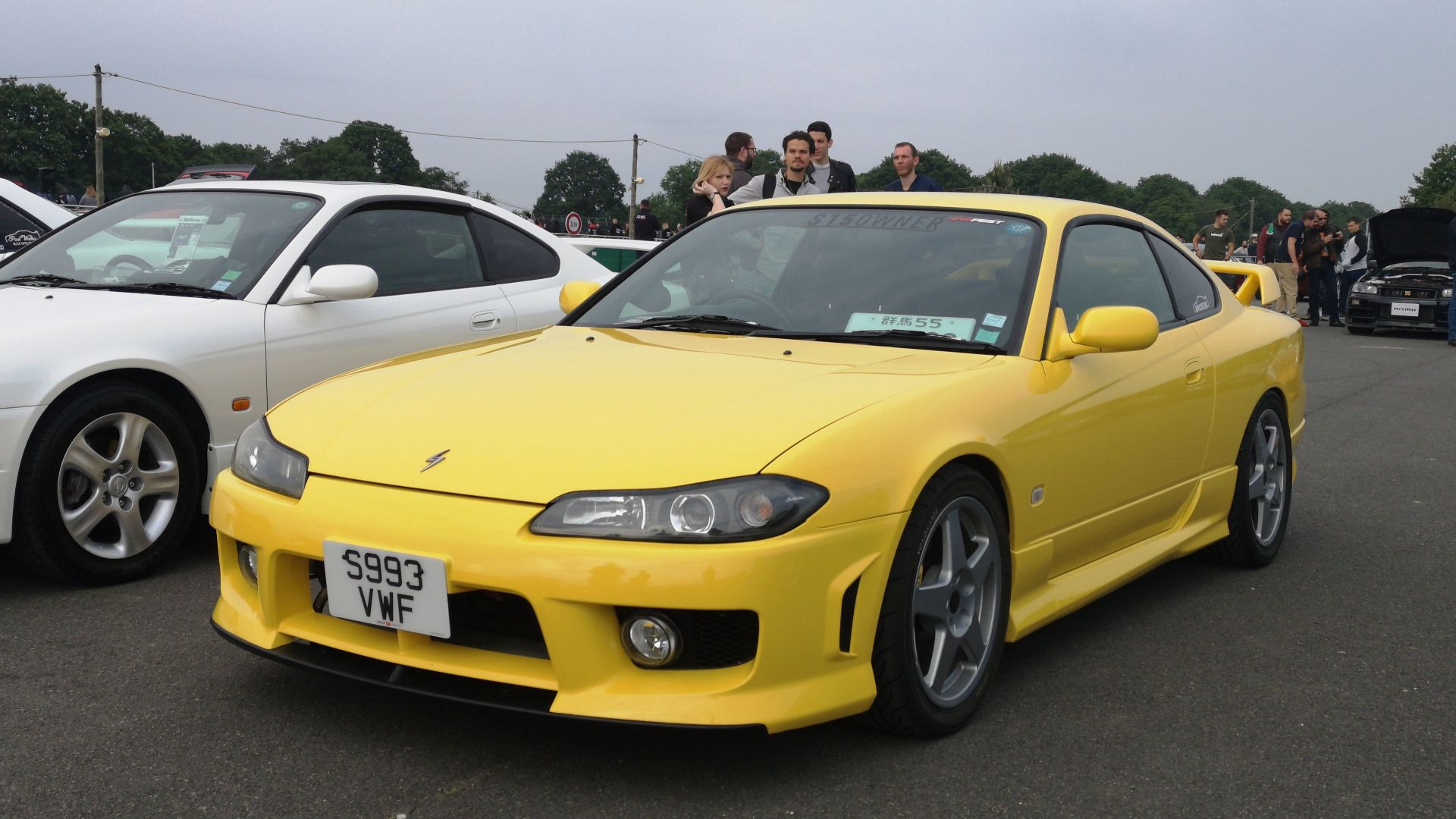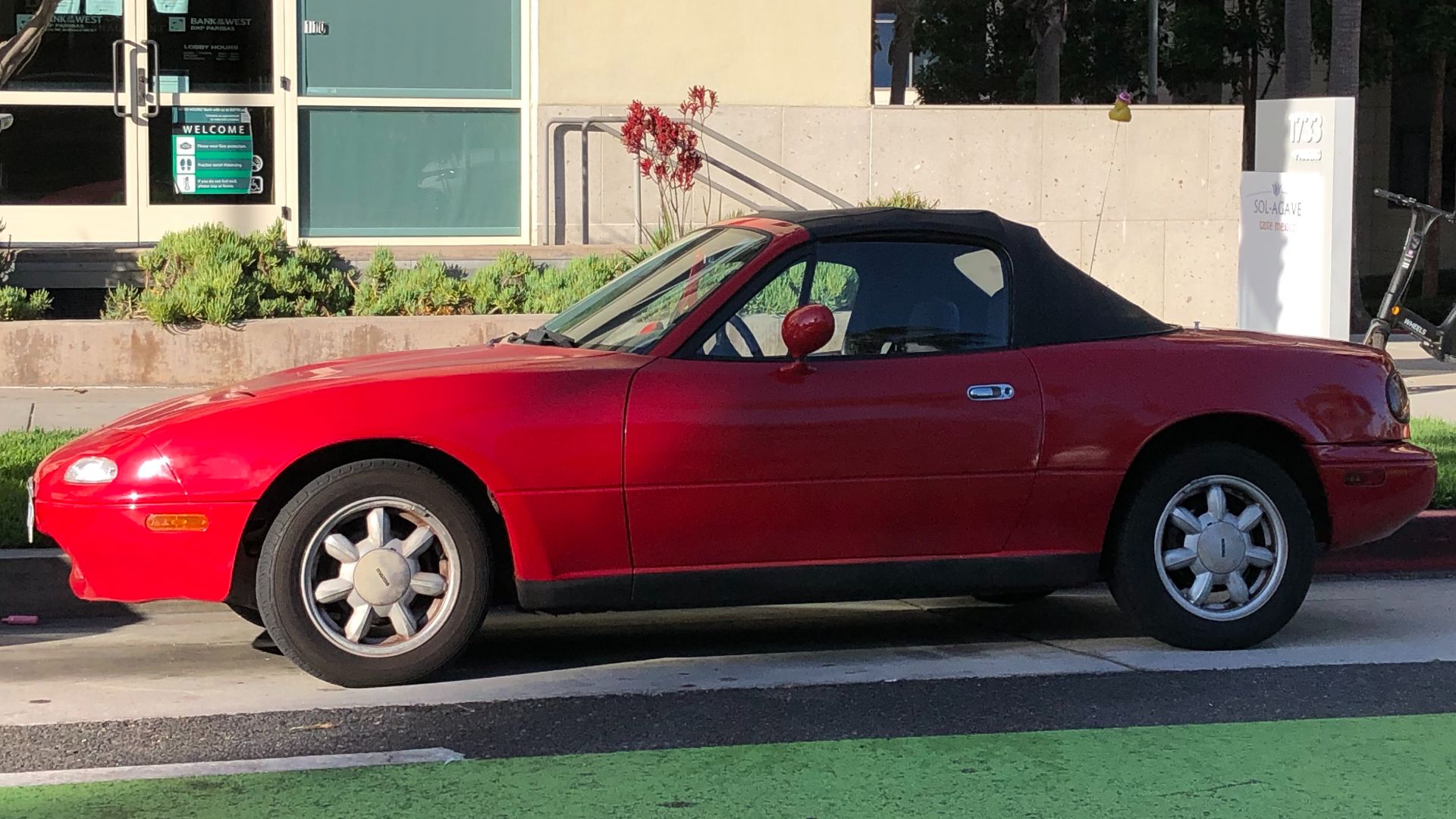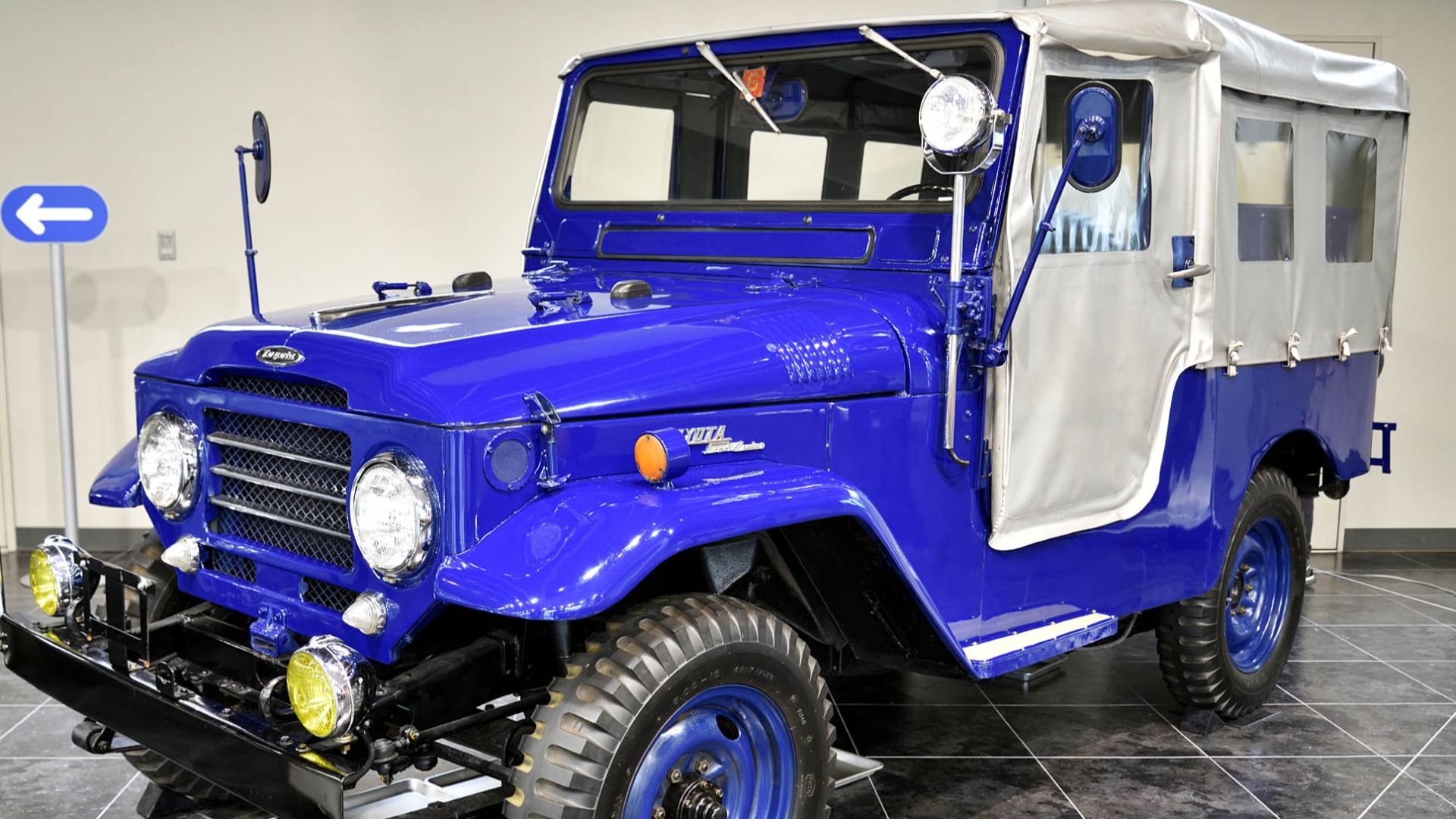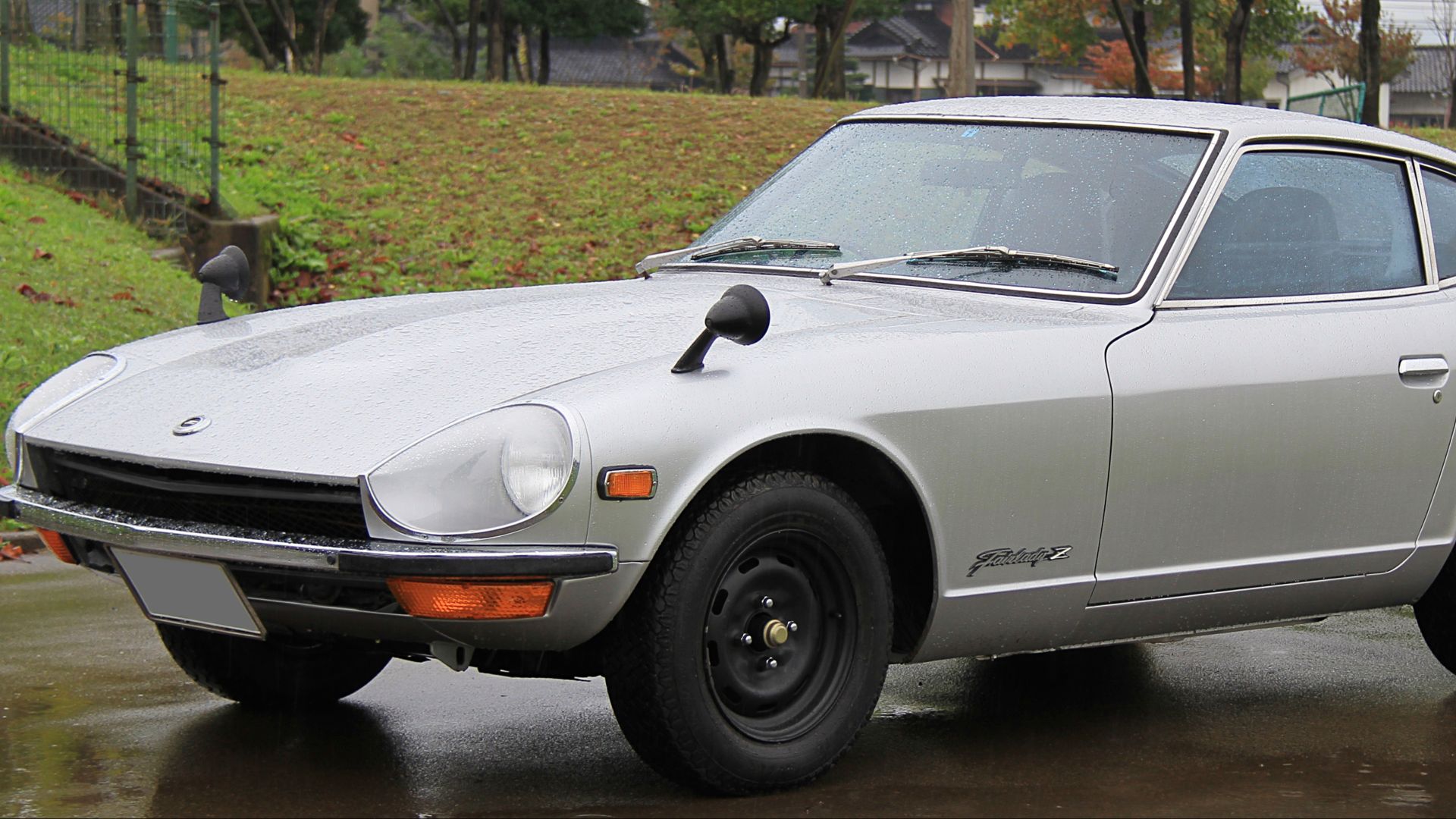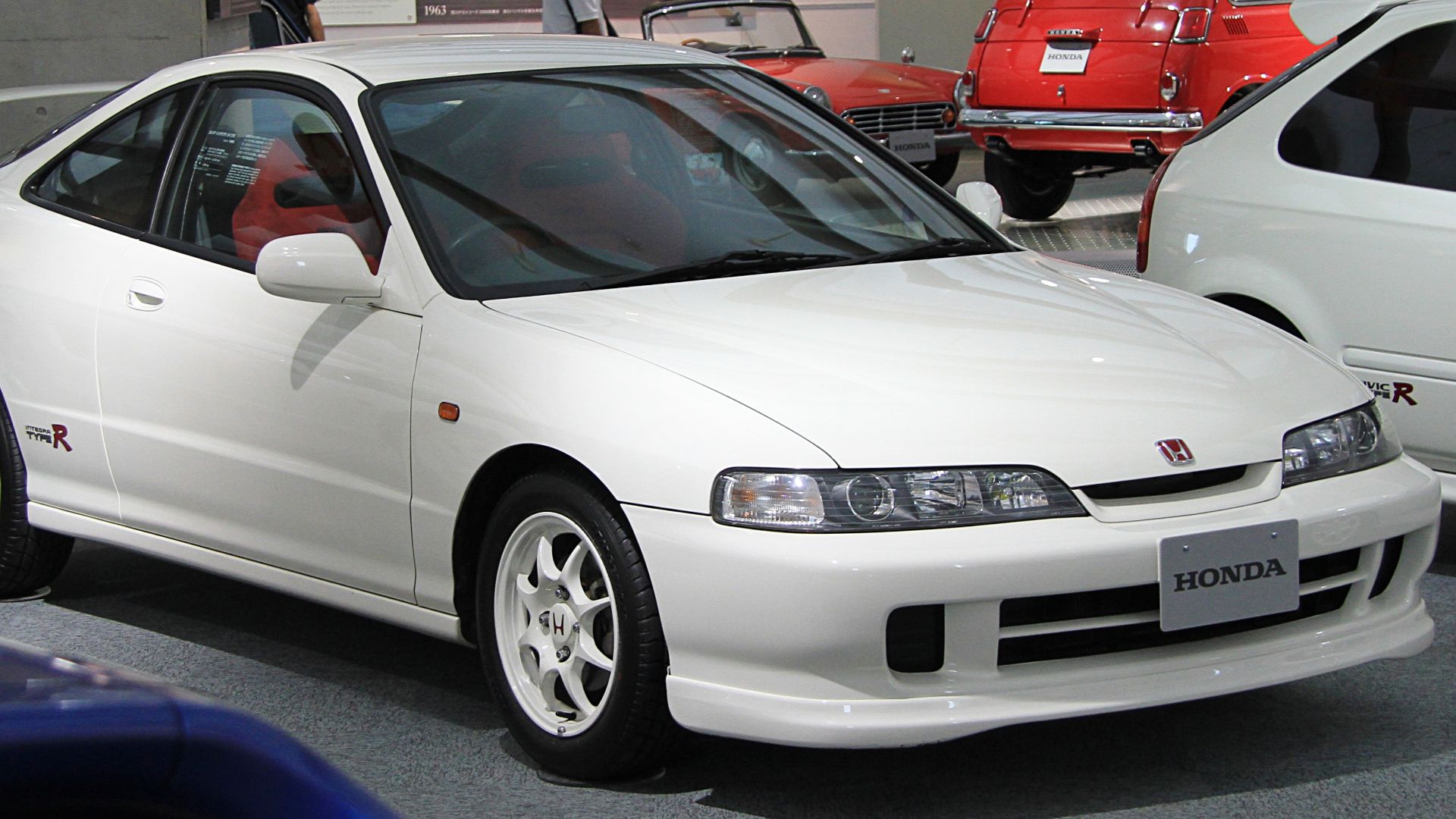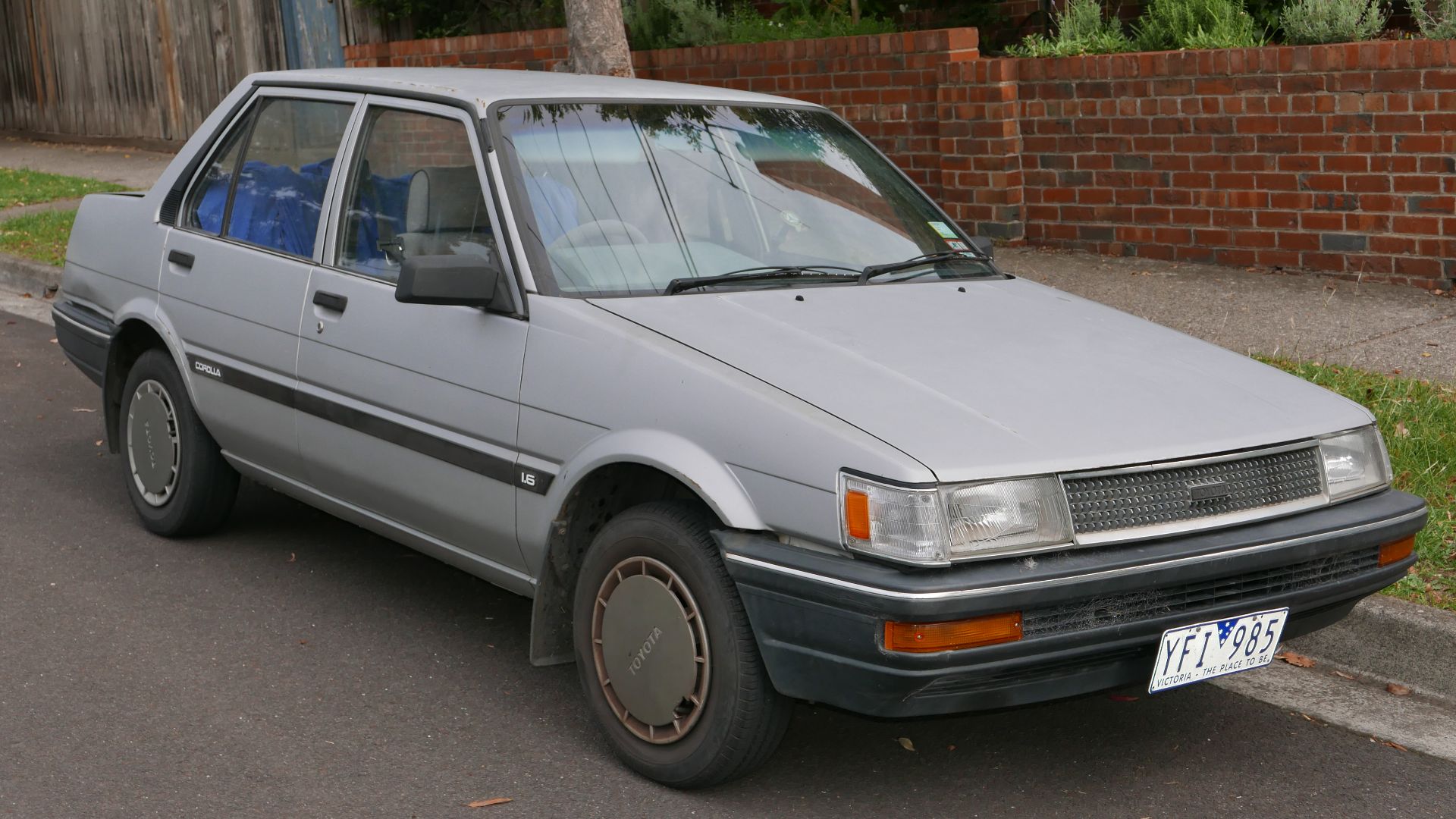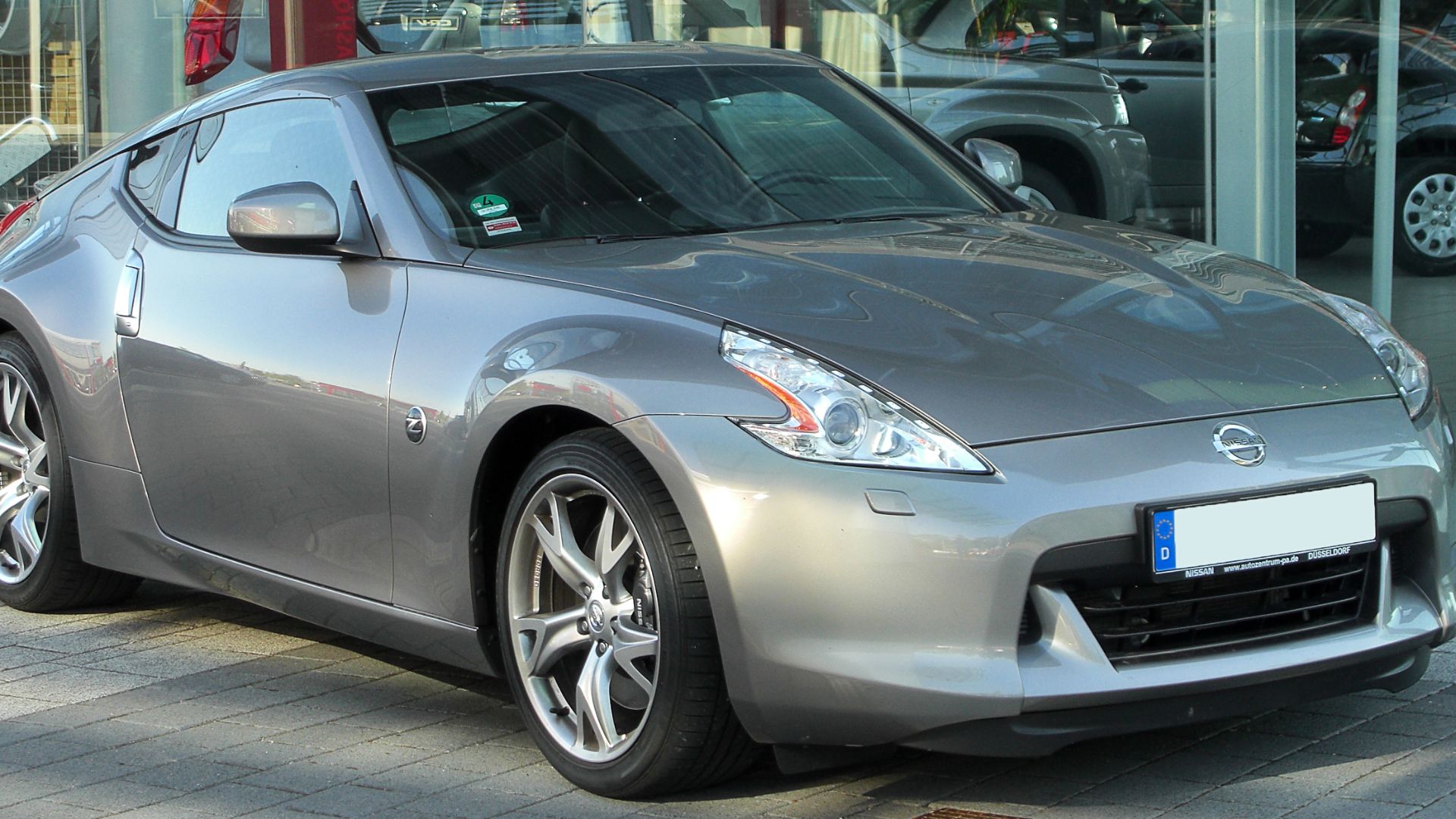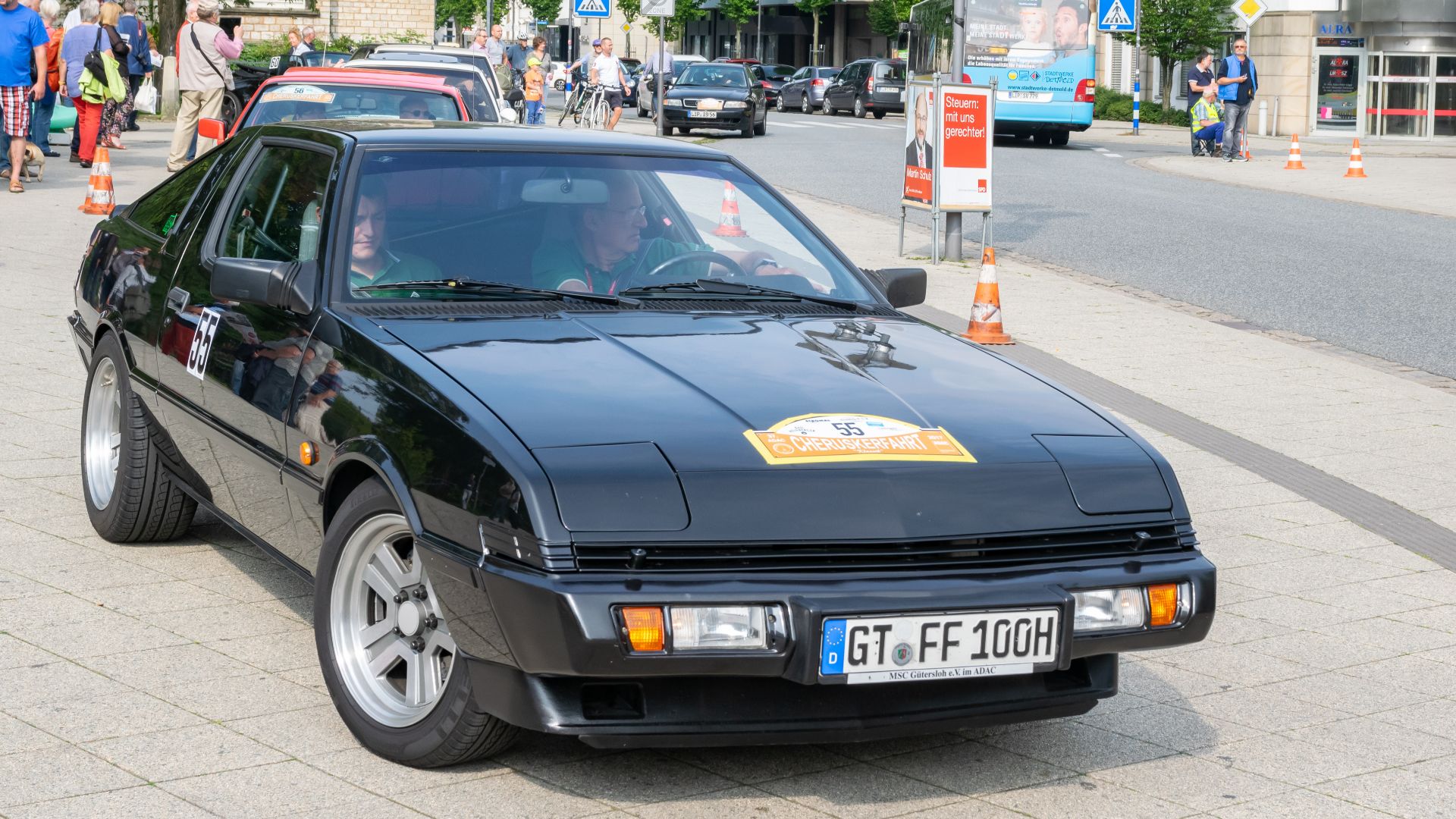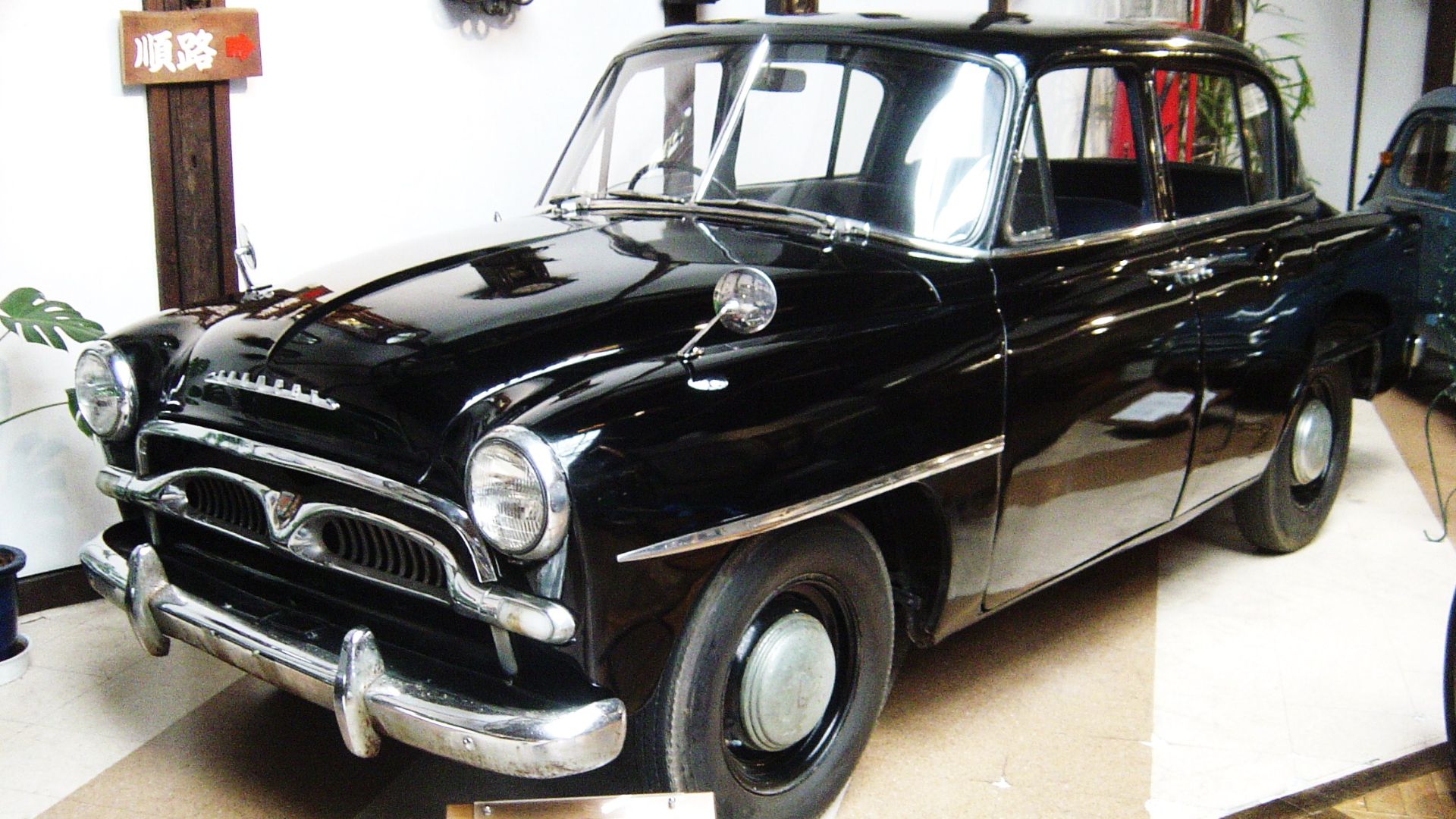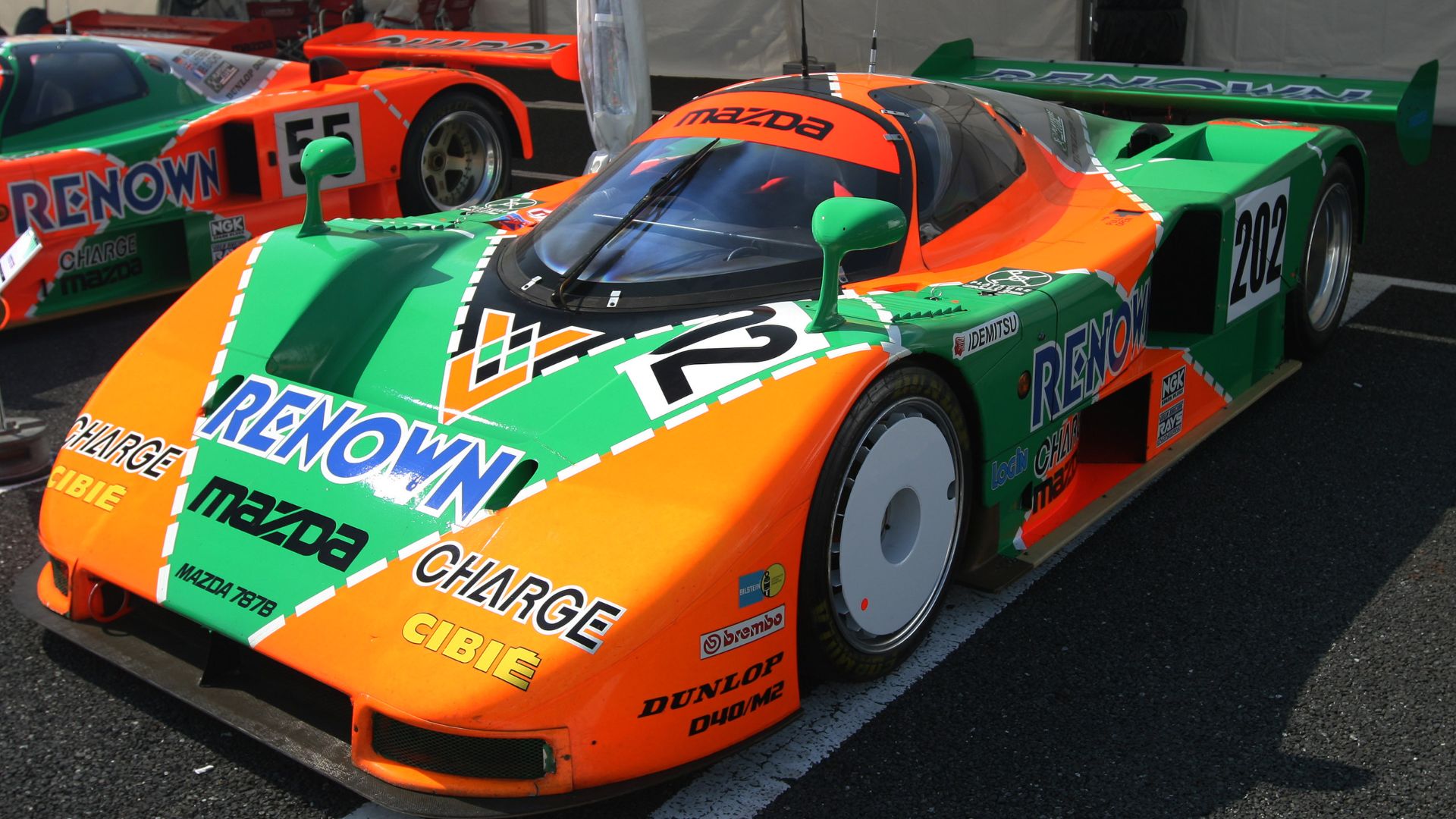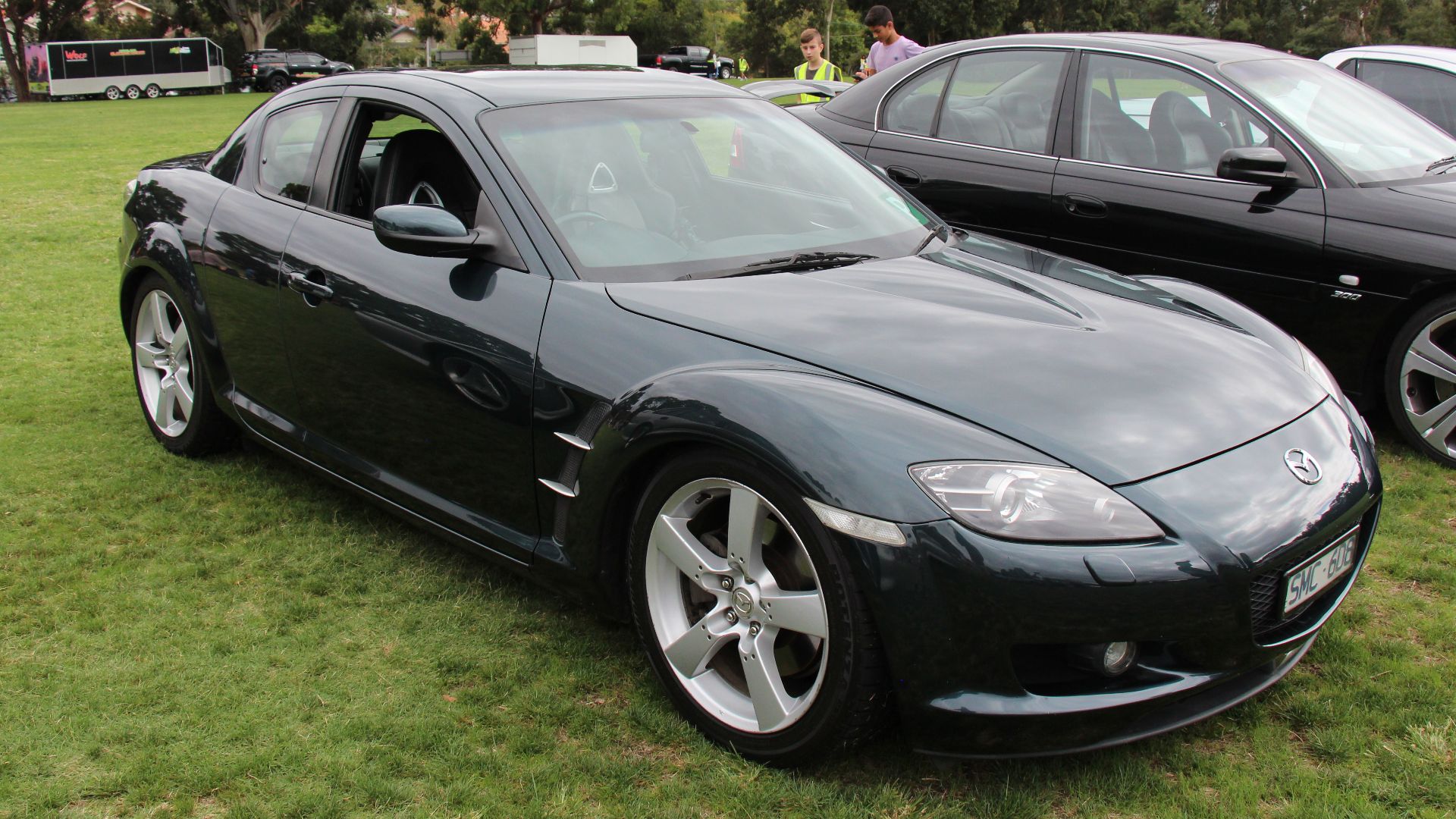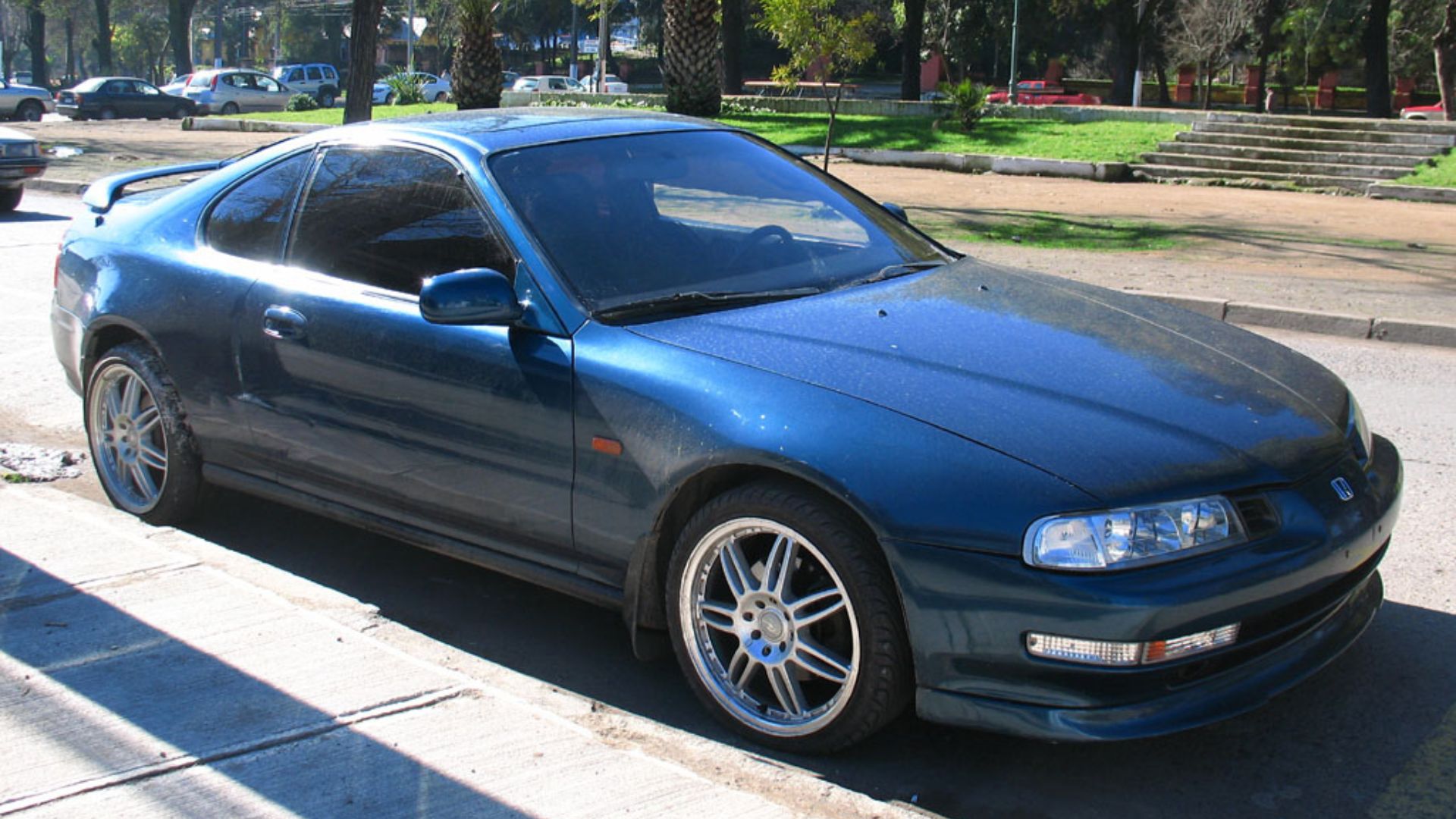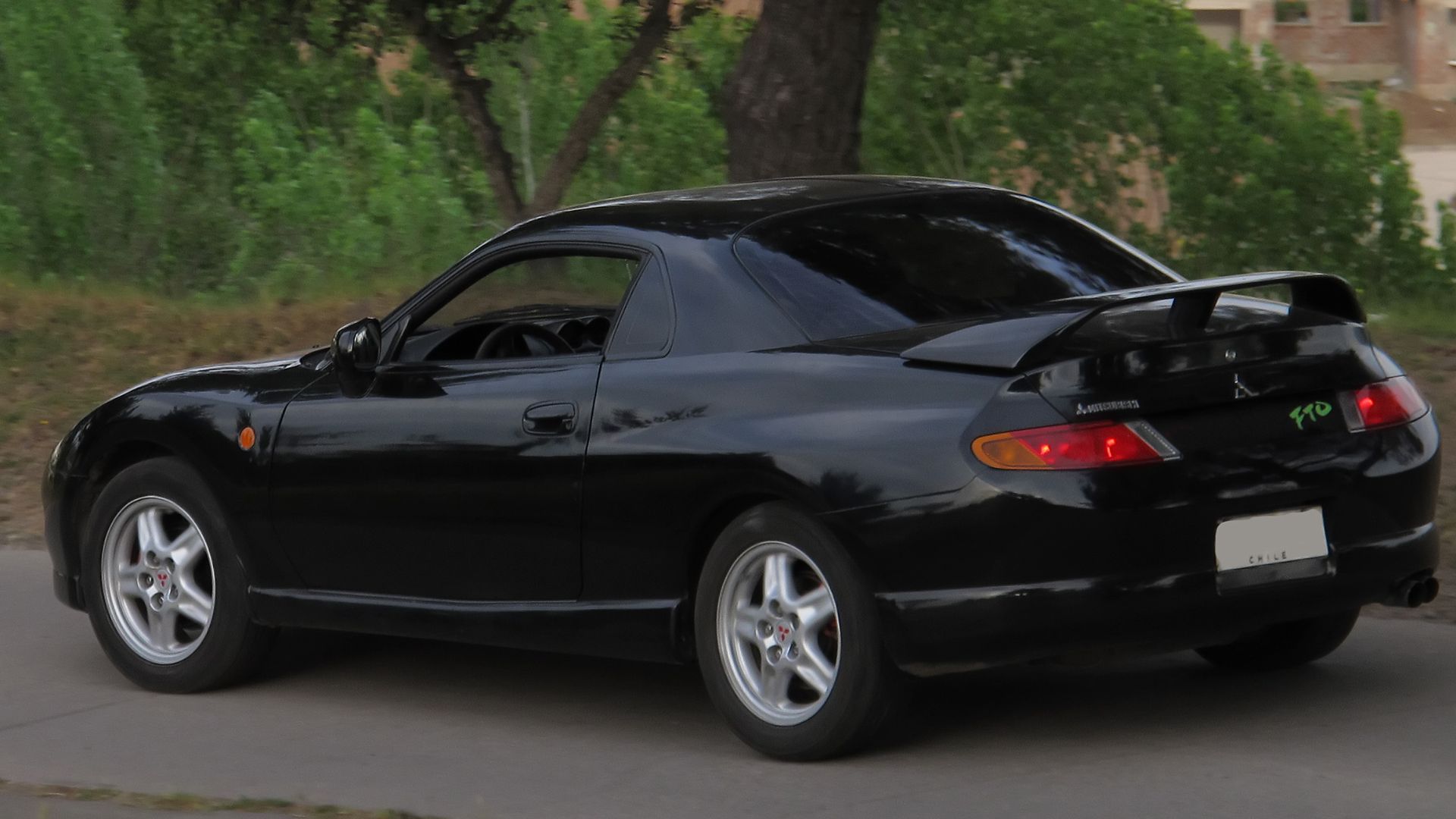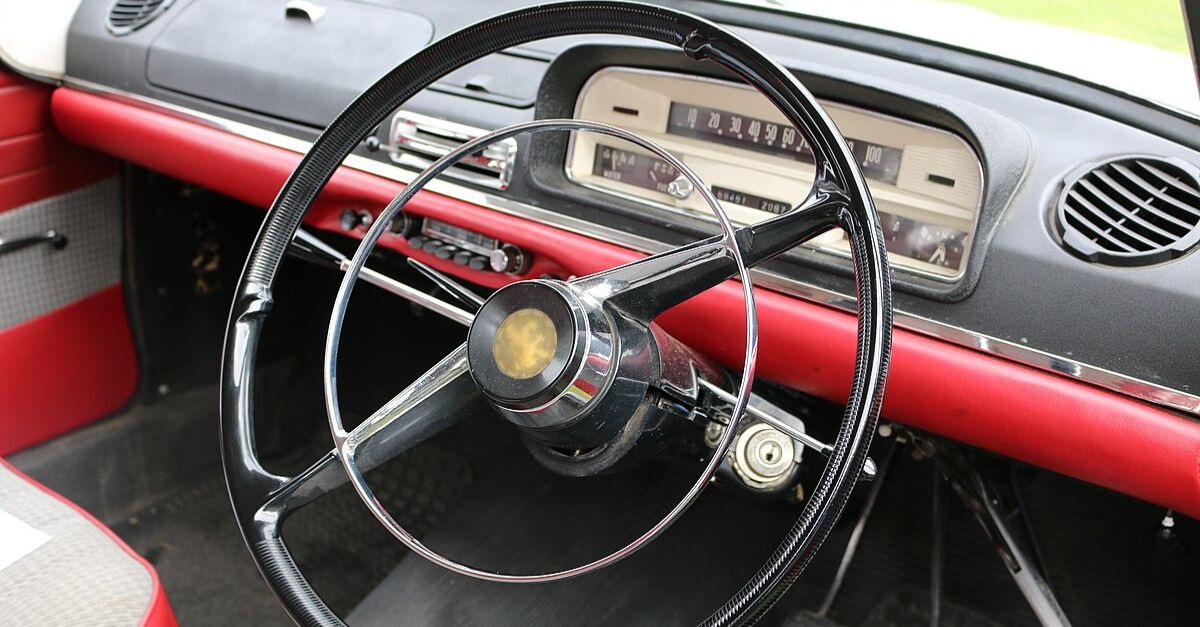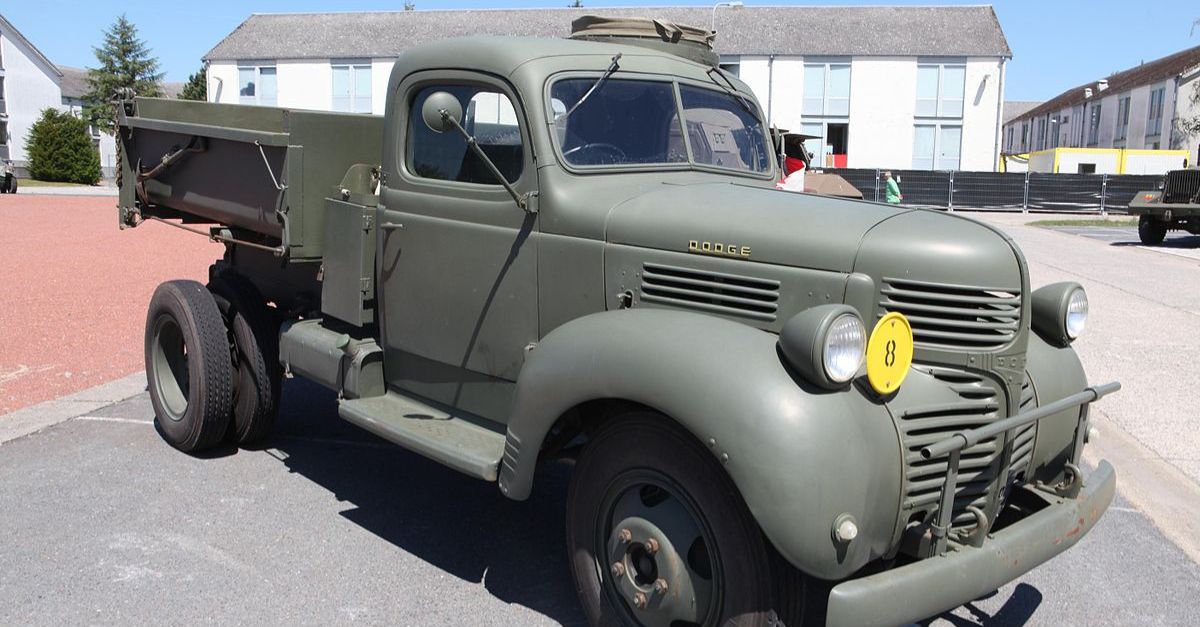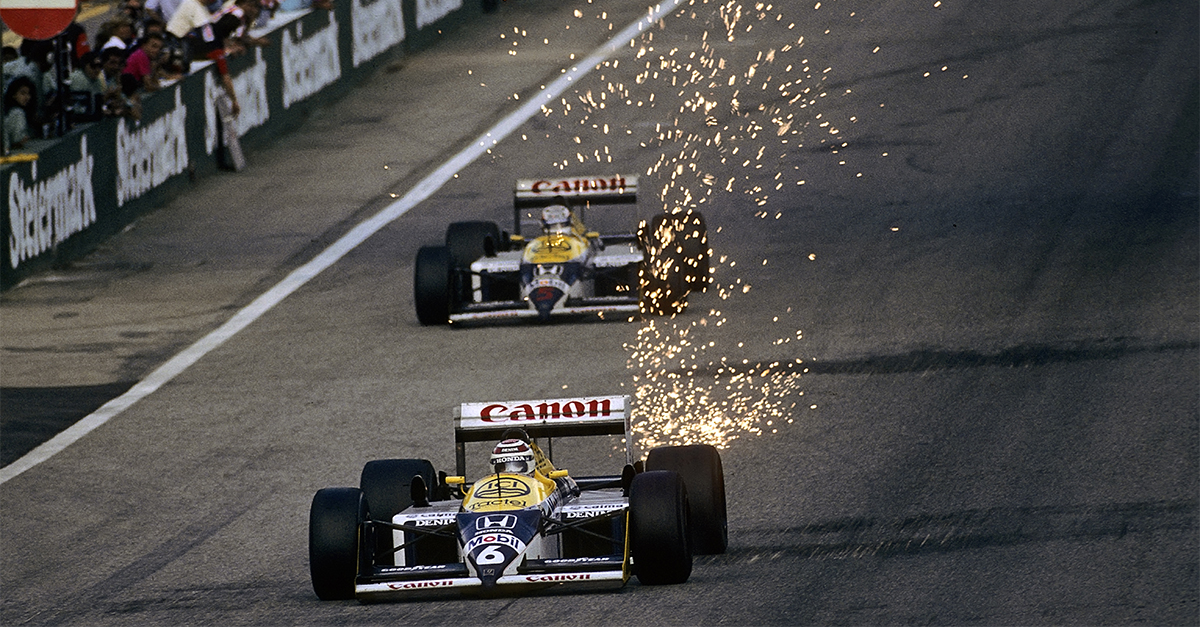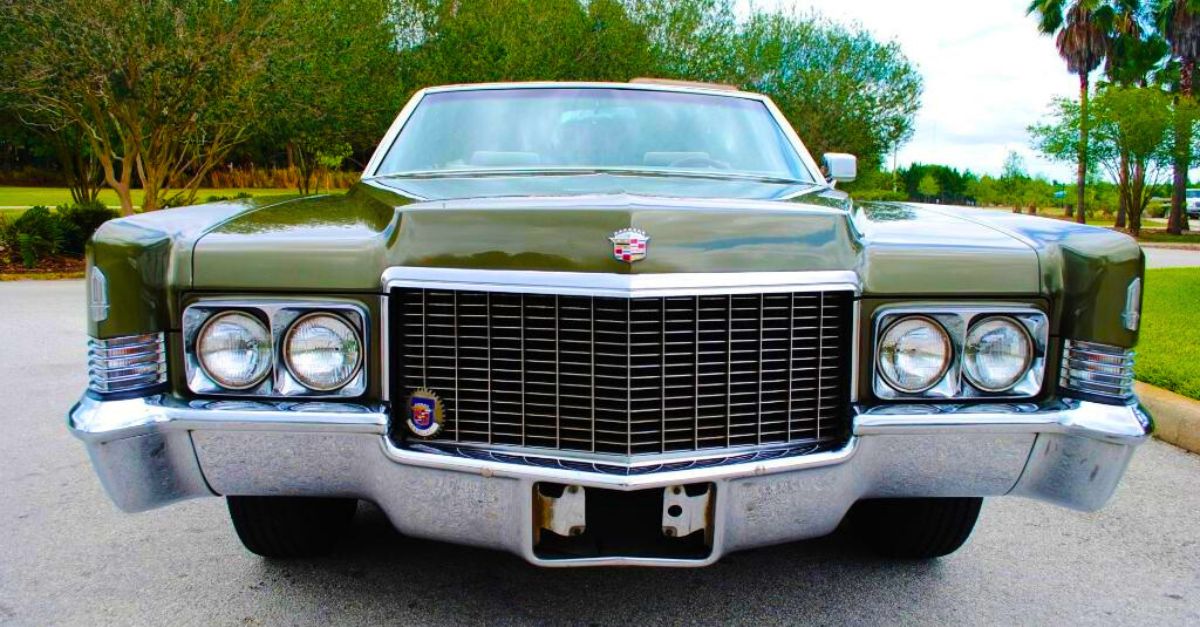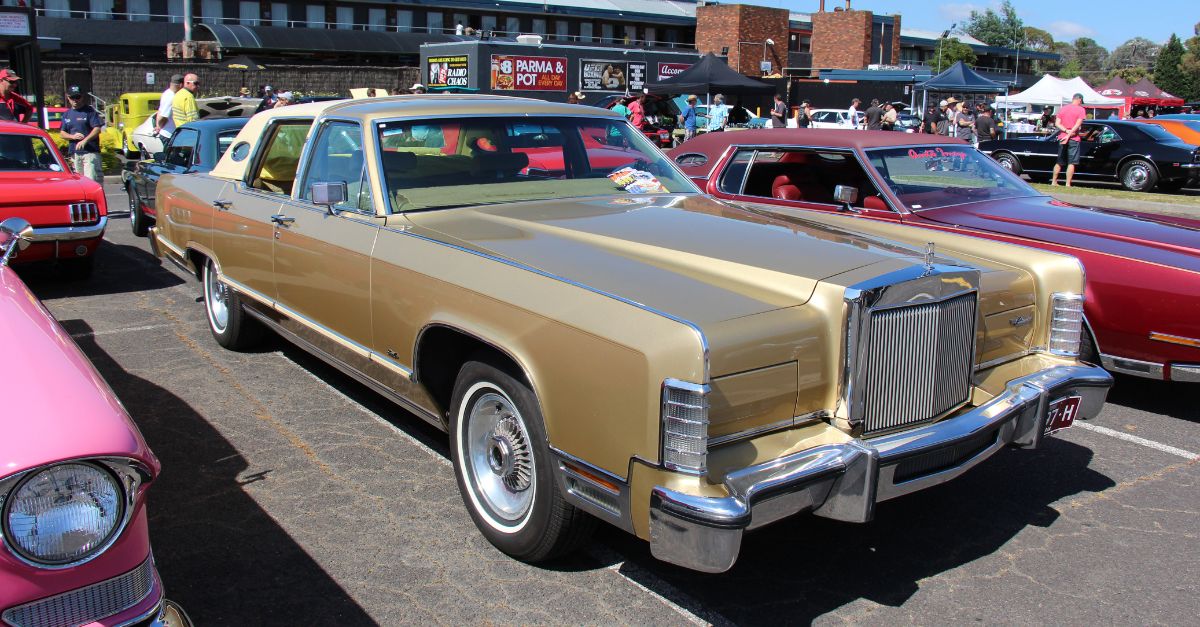They Shaped Speed And Style
Japan’s automotive legacy thrives on innovation. These masterpieces broke barriers while redefining speed, engineering, and design. Each one of these shaped roads and racetracks for years.

Toyota 2000GT
Elegance and performance merged in the 1967 Toyota 2000GT, proving Japan could rival European automakers. This limited-production grand tourer featured a 2.0L inline-six and pop-up headlights. James Bond drove one in You Only Live Twice, which cemented its status as an international icon.
Nissan Nismo R35 GT-R
The R35 GT-R was launched in 2007, and it quickly became one of the fastest cars ever and set high-performance standards. The Nismo version boosted power to 600 hp, and it reached 0-62 mph in approximately 2.7 seconds and a speed limit of 196 mph.
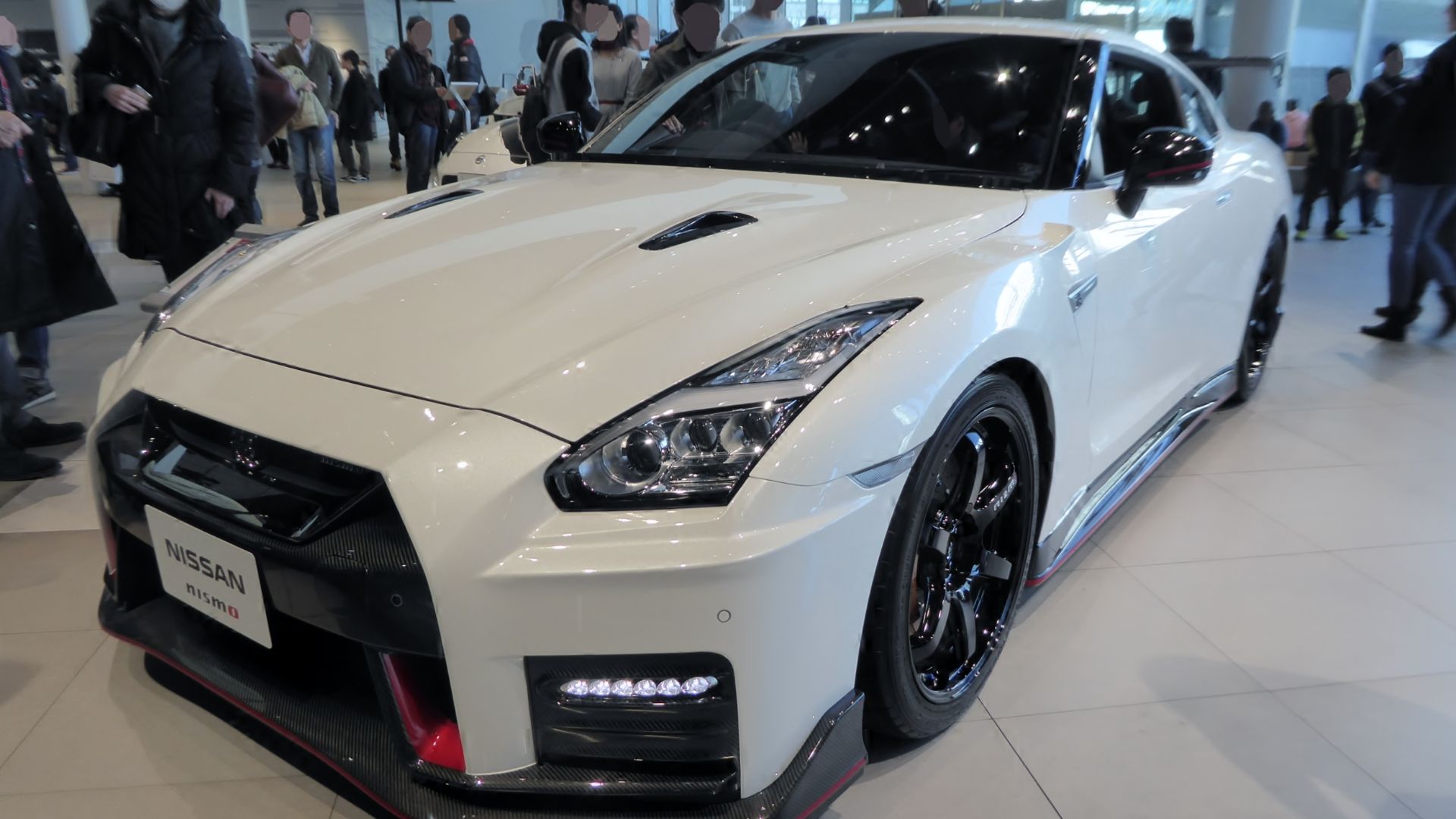 Tokumeigakarinoaoshima, Wikimedia Commons
Tokumeigakarinoaoshima, Wikimedia Commons
Mazda Cosmo
Breaking with tradition, Mazda introduced the Cosmo in 1967, featuring the world's first twin-rotor Wankel engine. This space-age coupe had a high-revving 110-horsepower punch. Only 1,176 units were produced, and the Cosmo is still a highly respected work of art in Japanese automotive history.
 Taisyo, noted in original article, Wikimedia Commons
Taisyo, noted in original article, Wikimedia Commons
Nissan Skyline GT-R (R32)
The 1989 Nissan Skyline GT-R (R32) earned the nickname “Godzilla” after it won Australia’s touring car championship. With a 2.6L twin-turbo inline-six, all-wheel drive, and a revolutionary ATTESA system, it reshaped performance car expectations worldwide.
Honda NSX
Ferrari-worthy performance came paired with Honda's bulletproof reliability in the 1990 NSX. Engineered in consultation with Ayrton Senna, its light-aluminum chassis and mid-rear mounted VTEC engine rewrote the definition of a supercar. It challenged exotic carmakers to change their design thinking around reliability and driving friendliness.
Toyota Celica GT-Four ST205
The GT-Four Celica is a gem from the 1990s, known for its success in rallying. The 1994 ST205 was the most powerful Celica ever, with a 252-hp engine (239 hp for exports). It featured advanced tech, and Toyota initially built 2,100 special models for rally qualification.
 Kieran White from Manchester, England, Wikimedia Commons
Kieran White from Manchester, England, Wikimedia Commons
Lexus LS 400
Relentless innovation put the 1989 Lexus LS 400 on the luxury map by challenging European rivals. With a whisper-quiet 4.0L V8 and unbeatable reliability, Toyota proved its engineering excellence. This sedan forever changed how the world saw Japanese carmakers.
Toyota Century (First Generation)
The first-generation Toyota Century, produced from 1967 to 1997, remains the coolest to many. Based on the 1964 Crown Eight, it was designed for luxury and named after Toyota’s founder Sakichi Toyoda’s 100th birthday. It was used by Japan’s Imperial Family, officials, and business leaders.
Subaru Impreza WRX
Born from World Rally Championship success, the 1992 Subaru WRX brought turbocharged all-wheel drive thrills to the everyday driving scene. Its distinctive hood scoop and boxer engine provided drivers with a glimpse of rally victory, which spawned a global cult following that still endures today.
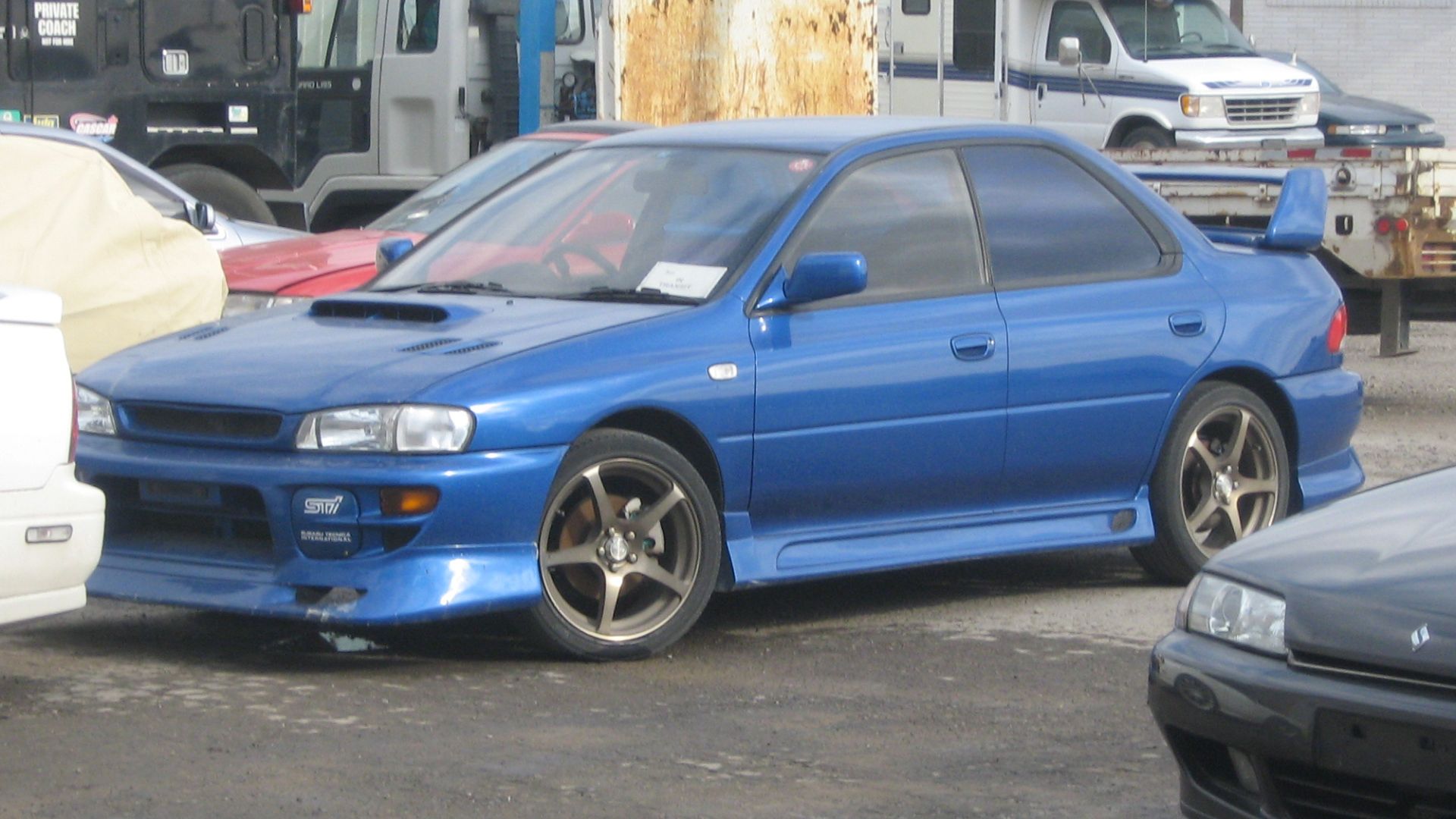 dave_7 from Lethbridge, Canada, Wikimedia Commons
dave_7 from Lethbridge, Canada, Wikimedia Commons
Nissan Nismo 400R R33 GT-R
The 400R was the R33 GT-R's ultimate version with only 44 units made. Developed by Nismo, it featured a modified RBX-GT2 engine providing 400 hp and 346 lb-ft of torque. It reached 0-62 mph in 4 seconds and 186 mph (top speed). Enhanced suspension and chassis rounded out the upgrades.
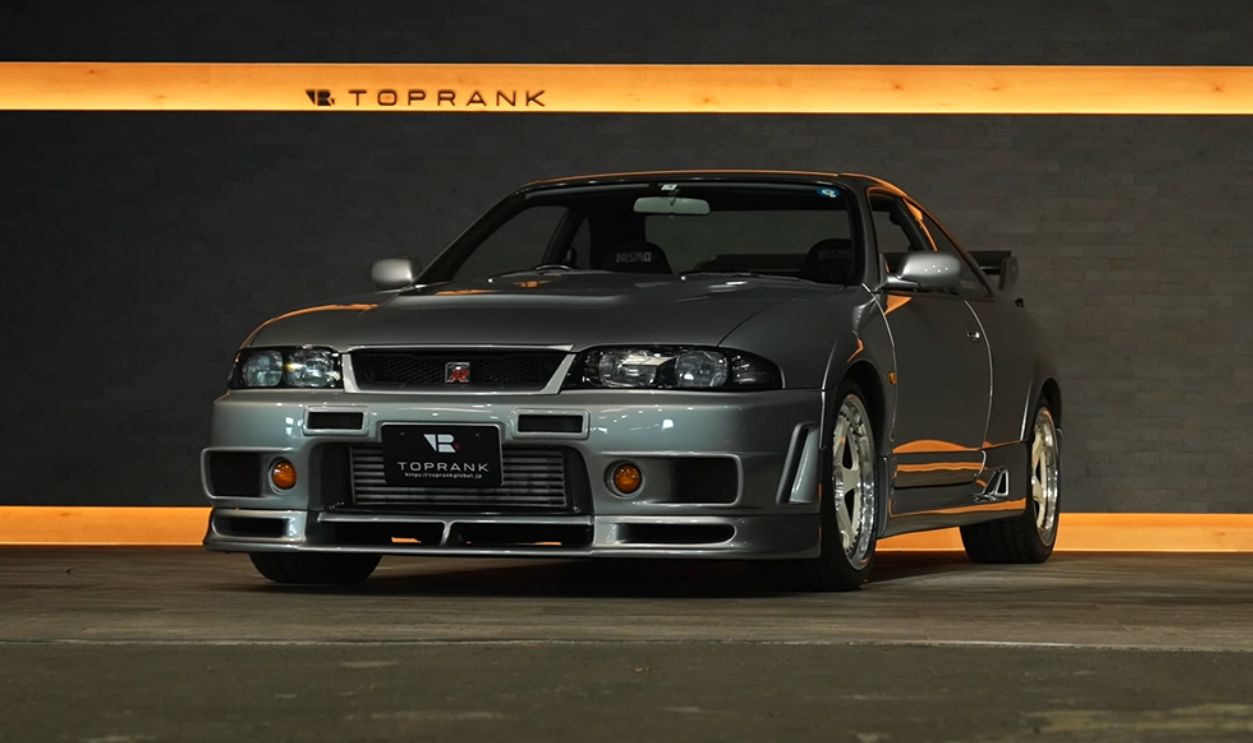 Nissan R33 Skyline GT-R NISMO 400R Indepth Review : The Legend Lives Forever by TOPRANK GLOBAL
Nissan R33 Skyline GT-R NISMO 400R Indepth Review : The Legend Lives Forever by TOPRANK GLOBAL
Mitsubishi Lancer Evolution
Turbocharging and all-wheel drive synergy found perfection in the Lancer Evolution, launched in 1992. Mitsubishi engineered this rally-bred sedan to annihilate winding roads and competition alike. Be it the Evo I or the Evo X, it reigned as a tuner’s dream and a driver’s delight.
Toyota Supra MKIV
A legend emerged in 1993 with the fourth-generation Supra. The bulletproof 2JZ-GTE engine, capable of absurd power gains, fueled tuner culture worldwide. Pop culture added to its fame, but enthusiasts knew its true value lay in unmatched engineering and limitless modification potential.
Mazda RX-7
Sleek and innovative, the FD-generation Mazda RX-7 (1992) showcased rotary magic at its finest. The car was around 2,425 pounds and its twin-turbocharged 13B-REW engine delivered agile handling. A timeless design and engaging driving experience ensure its continued admiration.
Honda S2000
Engineered for purists, the Honda S2000 (1999) delivered an impressive 9,000-rpm redline in a compact roadster. Its naturally aspirated 2.0L engine pumped out 240 horsepower, which made it one of the most powerful non-turbo four-cylinder cars of its time.
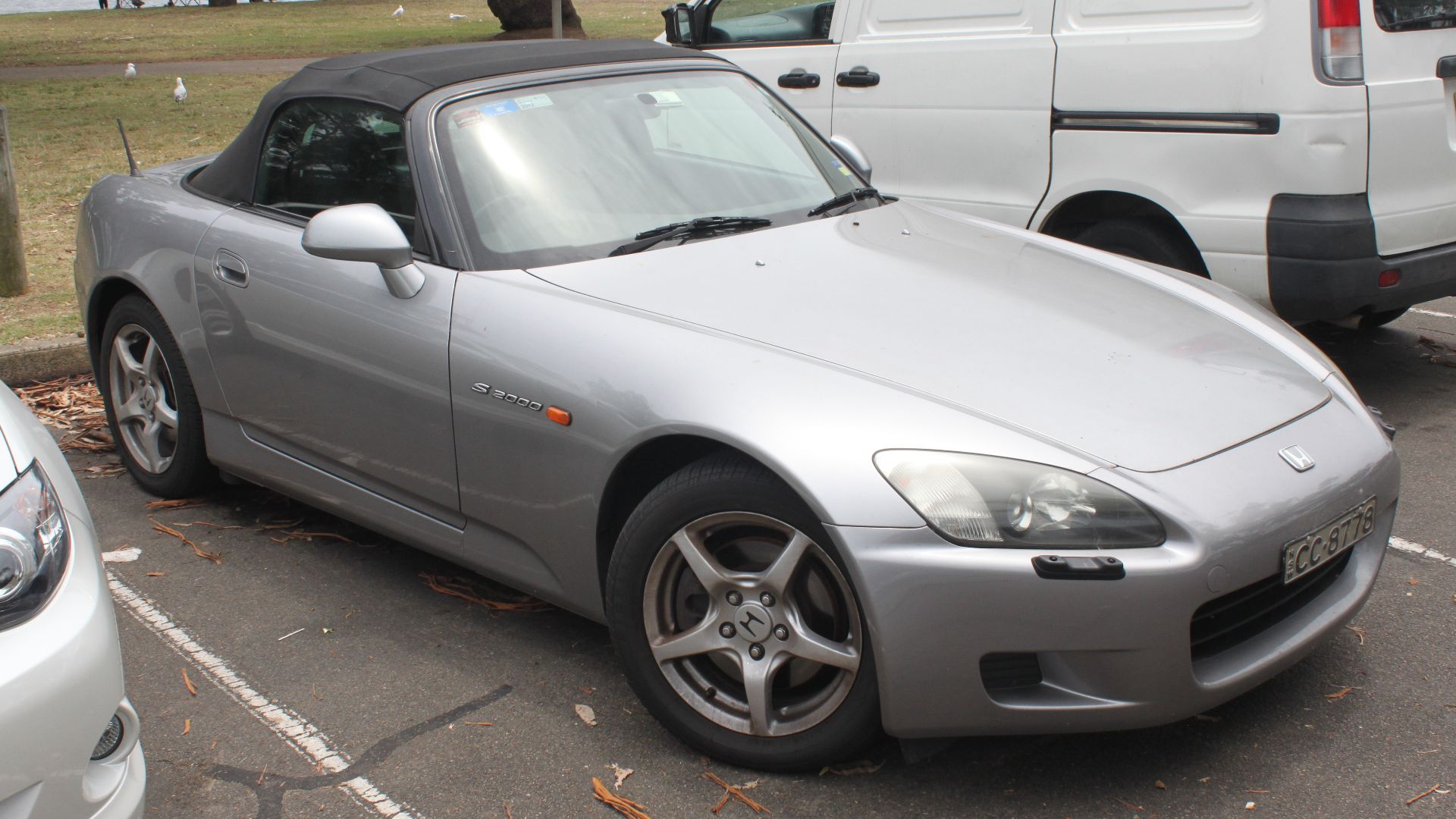 Jeremy from Sydney, Australia, Wikimedia Commons
Jeremy from Sydney, Australia, Wikimedia Commons
Mitsubishi 3000GT
Advanced engineering met Japanese muscle in the Mitsubishi 3000GT (1990). It had active aerodynamics and an all-wheel drive. With a twin-turbocharged V6, it showcased technology beyond its time. A digital dash and four-wheel steering reinforced its reputation as a rolling innovation showcase.
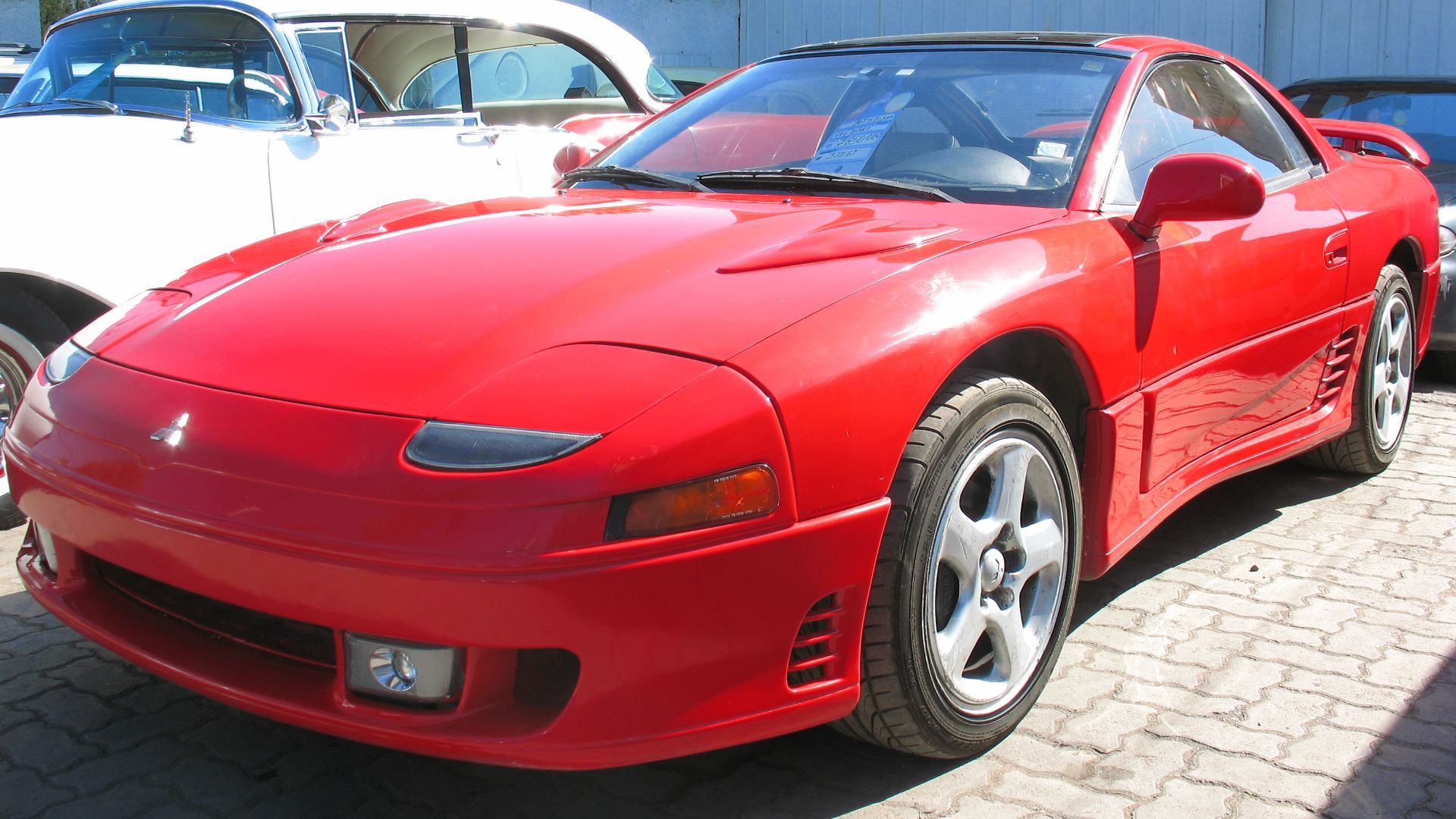 order_242 from Chile, Wikimedia Commons
order_242 from Chile, Wikimedia Commons
Nissan 300ZX
The Z32-generation Nissan 300ZX (1989) arrived with a sculpted body and a twin-turbo 3.0L V6. Its smooth, futuristic design earned praise alongside its European counterparts/rivals. Moreover, its blistering performance kept it in the hearts of speed lovers worldwide.
Toyota MR2
Small and perfectly weighted, the 1984 Toyota MR2 brought mid-engine handling within reach. Light-alloy agility with a snappy 1.6L engine in initial models and then a turbocharged engine, producing a screaming yet affordable sports car experience. Its near-flawless handling is devoutly sworn by many.
Datsun 240Z
Performance and affordability aligned perfectly with the Datsun 240Z (1969). This elegant fastback coupe took inspiration from European greats while offering bulletproof reliability and attainable pricing. It became an instant classic and a best-seller that redefined the sports car realm.
Subaru Forester STI
Introduced in 2004 and produced until 2008, the Forester STI was not your average station wagon. It had a WRX STI drivetrain, so it contained hidden power. This made it something more than just a school run or grocery shopping car.
Nissan R34 Skyline
Any Skyline is impressive, but the R34 truly marked the peak of the original lineup. As part of the "PlayStation generation," it featured a Gran Turismo-inspired dashboard and advanced onboard analysis systems. The R34 remains an iconic classic.
Nissan Silvia
Rear-wheel drive balance and turbocharged power made the Nissan Silvia (S13-S15) the go-to choice for drifting. The S15 is one of the most sought-after JDM cars. Be it grassroots enthusiasts or professional circuits, its nimble chassis and upgrade potential ensured its legendary status.
Mazda MX-5 Miata
Few cars define an entire segment, but the Mazda MX-5 Miata (1989) did just that. Inspired by British roadsters but backed by Japanese reliability, this lightweight masterpiece became the best-selling sports car ever. Pure, open-top driving joy remains its calling card.
Lexus LFA
A technological masterpiece, the Lexus LFA (2010) featured a screaming 4.8L V10 developed with Yamaha. Its instant throttle response and carbon-fiber construction made it one of the most exhilarating supercars ever built. Limited production secured its place as an automotive holy grail.
Toyota Land Cruiser
Reliability at its core, the Toyota Land Cruiser (1951) proved its off-road capability. Designed for durability, this rugged vehicle earned a reputation for toughness. It quickly became a staple for military and police use in Japan and eventually gained worldwide recognition in expeditions.
Nissan Fairlady Z
Nissan Fairlady Z revolutionized the perception of Japanese sports cars when it debuted in 1969. A powerful inline-six and competitive pricing made it an instant global success. It evolved into the legendary Z-car lineup and still thrills enthusiasts decades later.
Mitsubishi Eclipse
Offered in both front-wheel and all-wheel turbo versions, it was a performance bargain for the price. The Mitsubishi Eclipse was truly an impressive car. If you were to buy a used one, as most people do, you'd want to avoid vinyl upgrades.
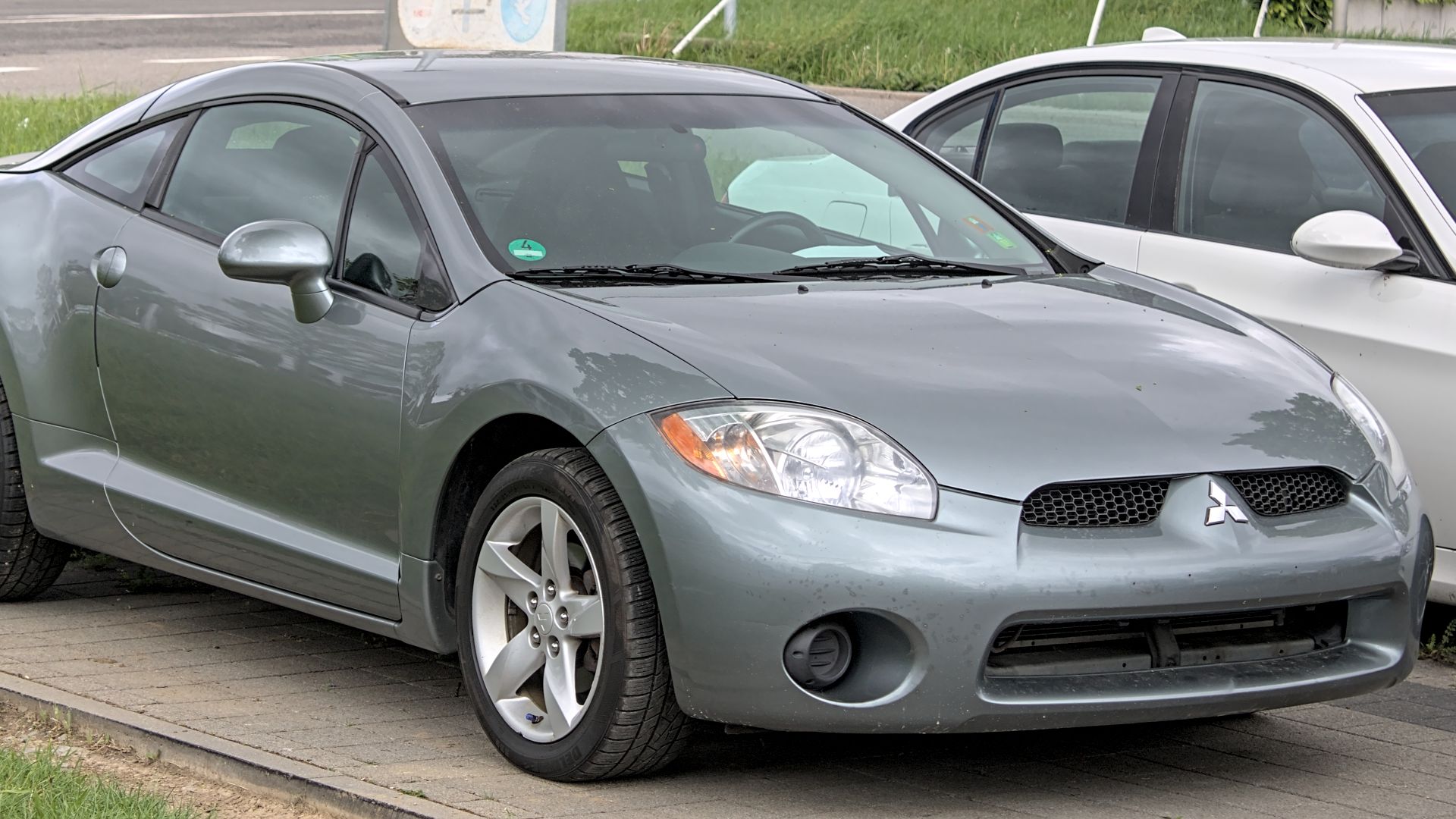 Alexander-93, Wikimedia Commons
Alexander-93, Wikimedia Commons
Honda Integra Type R
The 1995 Honda Integra Type R proved front-wheel-drive cars could dominate. A high-revving 1.8L VTEC engine and a lightweight chassis gave it razor-sharp handling. Many still consider it the best front-wheel-drive performance car ever built.
Toyota Corolla
A notable car in automotive history, the AE86 Corolla was part of the fifth generation of the Toyota Corolla. Produced from 1983 to 1987, the AE86 was unique because it was a rear-wheel drive car, which made it popular in motorsports, especially drifting.
Nissan 370Z
The Nissan 370Z is the 6th generation of the Z-series sports cars. It takes everything great about the 350Z and improves it by creating a wider body that offers better agility and stability. The engine power was increased to 332 horsepower, and the chassis was made stiffer.
Mitsubishi Starion
Turbocharged power became more prominent with the 1982 Mitsubishi Starion. Its wide-body design and 2.6L turbo engine set the stage for later Japanese performance cars and it also played a role in influencing models like the Lancer Evolution.
Toyota Crown
Since 1955, the Toyota Crown has remained Japan's luxury sedan par excellence that blends refinement and advanced technology. It was the first to feature things such as Toyota's first hybrid technology and has presented innovations along the way. Currently, it is still a favorite among executives due to its dependability.
Mazda 787B
History was made in 1991 when the Mazda 787B became the winner of the 24 Hours of Le Mans, the only rotary-powered car to do so. Its 700-horsepower four-rotor engine and advanced aerodynamics showcased Japan’s engineering prowess on the world’s biggest racing stage.
Nissan Patrol
Since 1951, the Nissan Patrol has been a popular off-roading vehicle. Known for durability and reliability, it tackled extreme terrains worldwide. Over multiple generations, it has rivaled the Toyota Land Cruiser in off-road performance and secured its place as a legendary all-terrain vehicle.
Subaru BRZ
The 2012 Subaru BRZ revitalized the classic front-engine, rear-drive sports car configuration. With quick steering and a light, agile body, it focused on handling rather than horsepower. Co-developed with Toyota, it is a modern JDM classic that is widely popular.
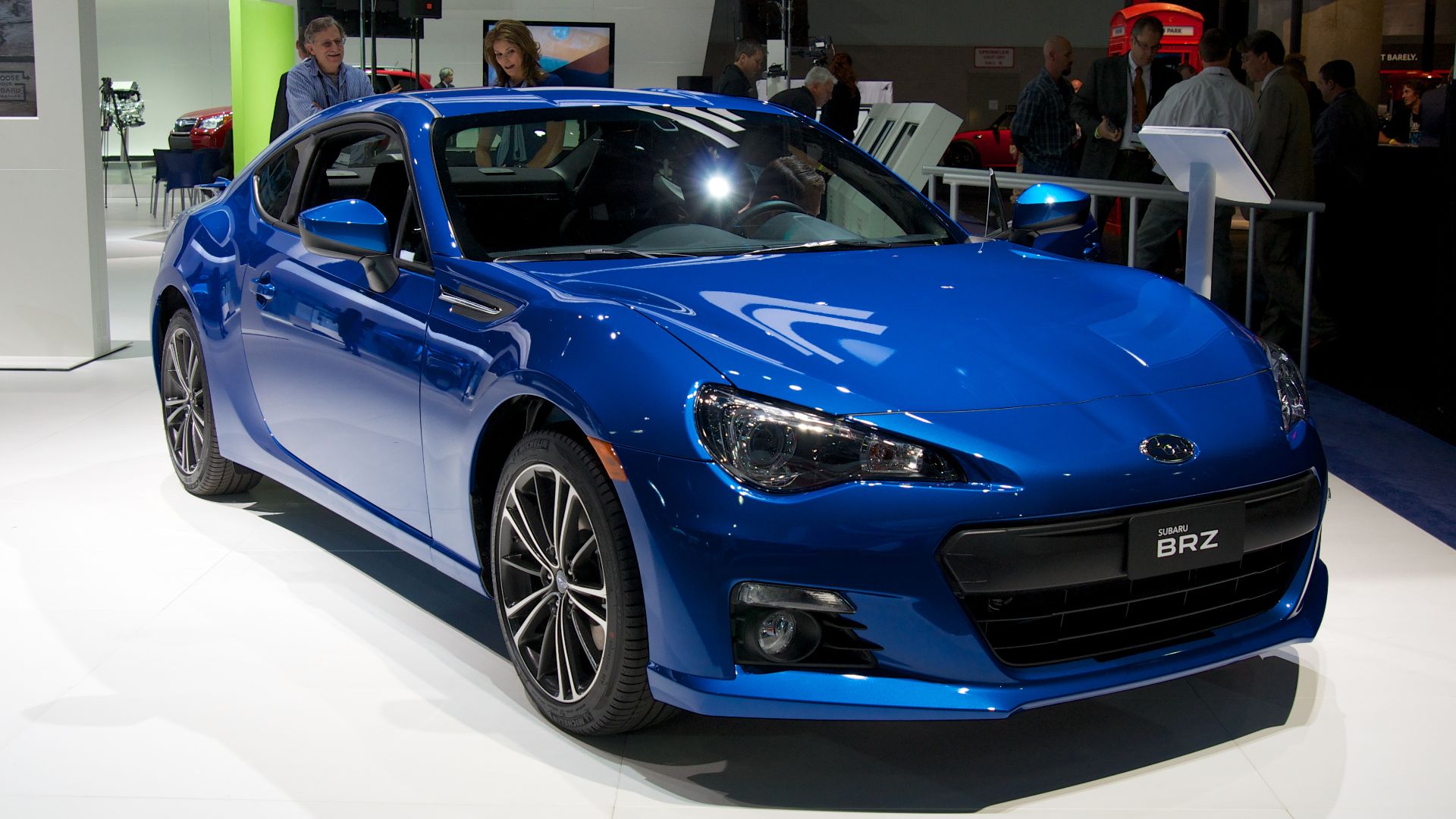 steve lyon from los angeles, ca, usa, Wikimedia Commons
steve lyon from los angeles, ca, usa, Wikimedia Commons
Nissan 350Z
Affordable yet powerful, it balanced daily drivability with track-ready performance. The 2002 Nissan 350Z revived the Z-car lineup with a modern design and potent 3.5L V6. A strong aftermarket scene kept it relevant, which made it a staple among enthusiasts.
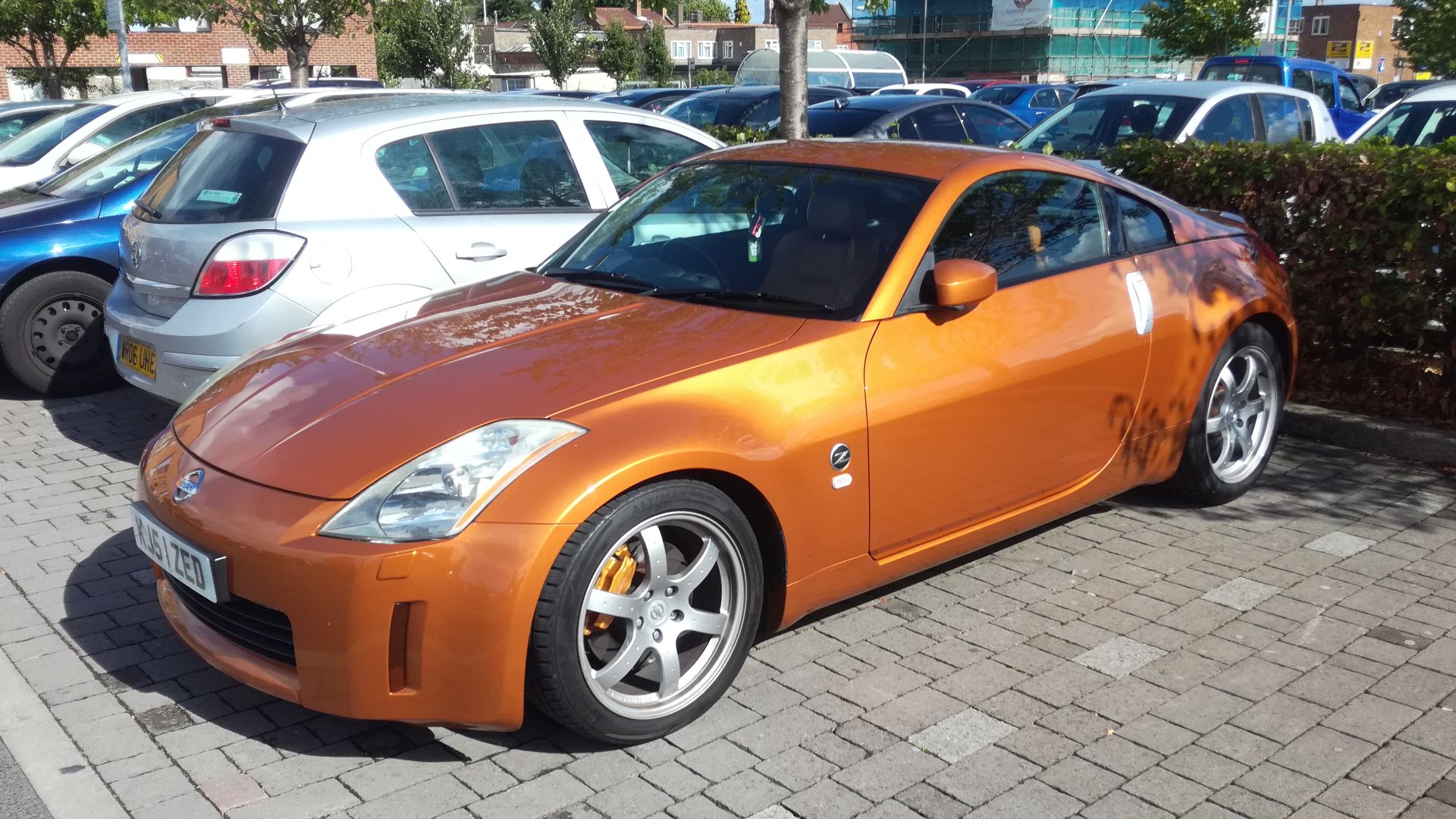 Hugh Llewelyn from Keynsham, UK, Wikimedia Commons
Hugh Llewelyn from Keynsham, UK, Wikimedia Commons
Mazda RX-8
Even as automakers moved away from rotary engines, Mazda pushed forward with the RX-8 (2003). Featuring a high-revving 1.3L Renesis rotary and a unique four-door coupe layout, it stood out in the sports car world. It is a fascinating piece of JDM history.
Daihatsu Charade De
The 1984 Daihatsu Charade DeTomaso fit a dramatic performance into the humble hatchback form. The 1.0L turbocharged engine combined with sporty suspension provided zestful acceleration and razor-sharp handling, which turned it into the heartthrob of Japan's motoring scene.
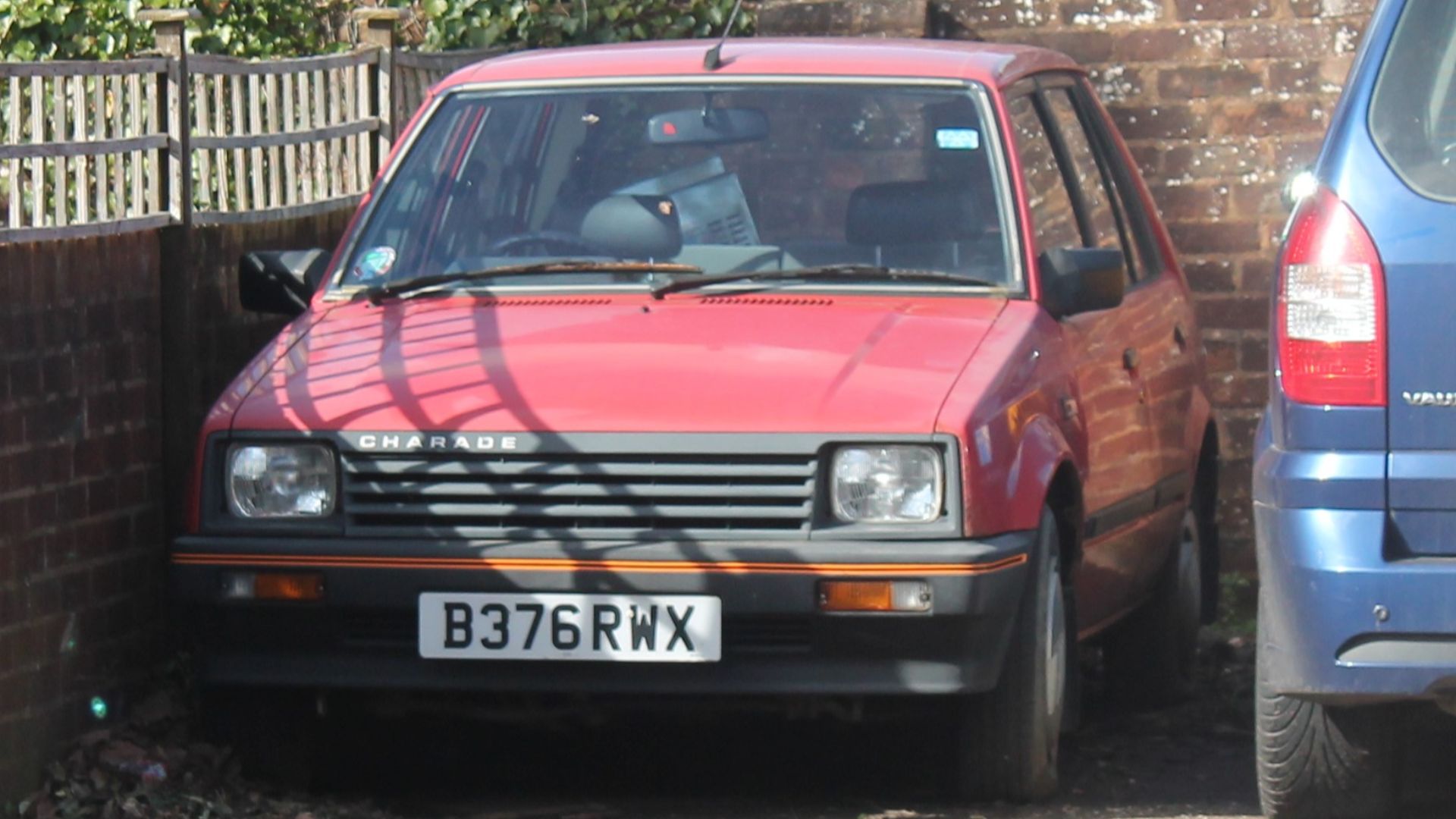 Charlie from United Kingdom, Wikimedia Commons
Charlie from United Kingdom, Wikimedia Commons
Nissan R390 GT1
Built to conquer Le Mans in the late 1990s, the Nissan R390 GT1 was a technological marvel. A twin-turbocharged 3.5L V8 and advanced aerodynamics made it one of Japan’s most extreme performance machines. The rare road-going version continues to be an elusive collector’s dream.
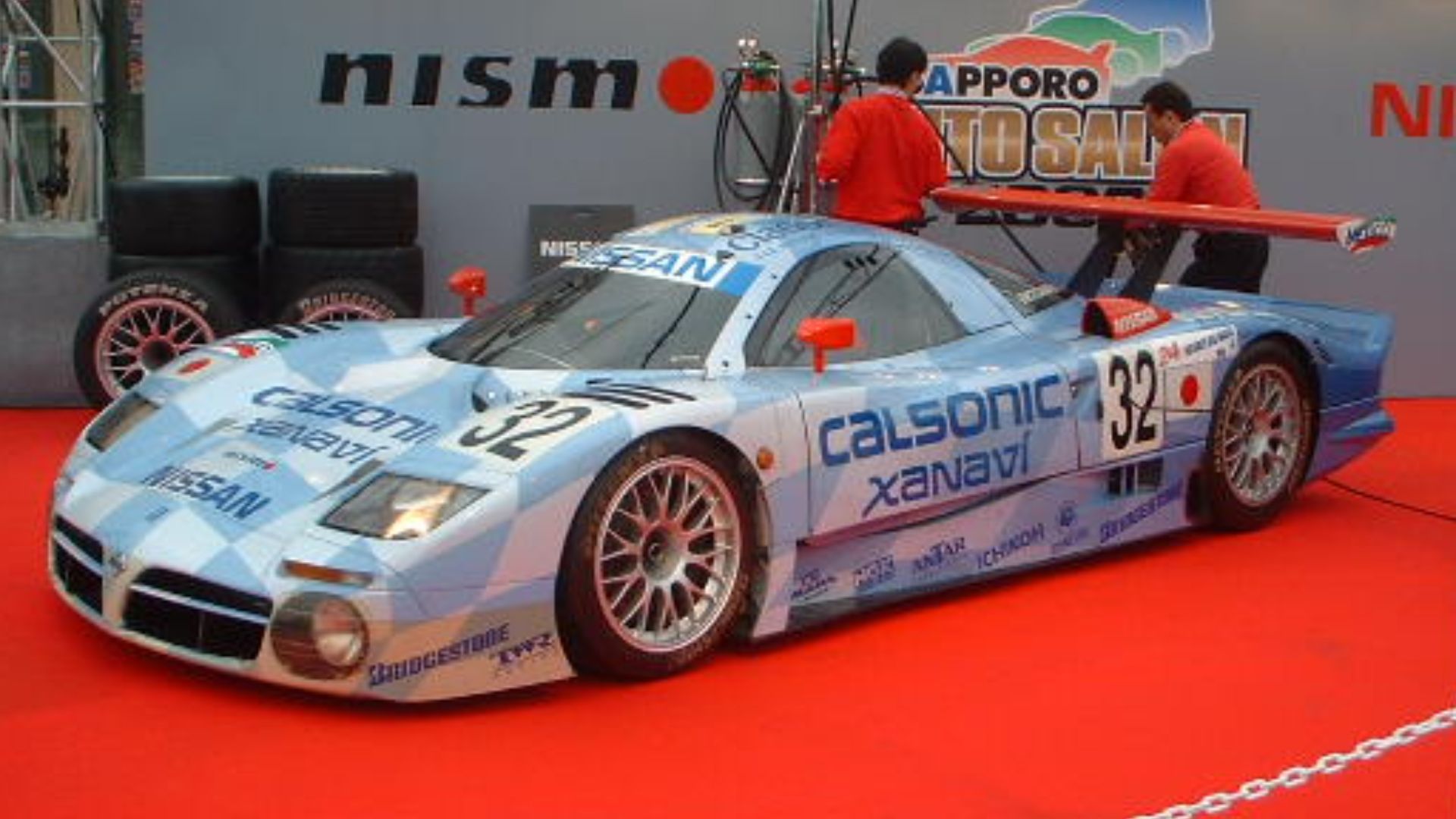 100yen 04:26, 6 October 2006 (UTC), Wikimedia Commons
100yen 04:26, 6 October 2006 (UTC), Wikimedia Commons
Honda Prelude
The Honda Prelude was the dominant force behind spreading variable valve timing with its 1993 VTEC release. Its precise handling and rev-happy motors (particularly fourth-gen's 1991 generation) gave it a popular edge among those driving for sportiness and reliability.
Toyota Chaser
A sleeper sedan with a heart of gold, the Toyota Chaser JZX100 (1996) housed the legendary turbocharged 1JZ engine. While it looked like a business-class executive car, it packed serious power and drift potential, which made it a favorite among street racers and tuners.
 dave_7 from Lethbridge, Canada, Wikimedia Commons
dave_7 from Lethbridge, Canada, Wikimedia Commons
Mazda Autozam AZ-1
Gullwing doors, mid-engine configuration, and turbocharged three-banger drove the 1992 Mazda Autozam AZ-1 to become one of the wildest and most fun kei cars to ever roll off a production line. Its light weight made it a pleasure to drive, even though it was tiny.
 DestinationFearFan, Wikimedia Commons
DestinationFearFan, Wikimedia Commons
Suzuki Swift Sport
The budget performance was taken to new levels with the Suzuki Swift Sport. Quick and reactive, its free-revving engine and stiff chassis provided plenty of fun in a compact form. A cult classic, it still provides bargain hunters with a flavor of lively driving.
 Jeremy from Sydney, Australia, Wikimedia Commons
Jeremy from Sydney, Australia, Wikimedia Commons
Honda N360
In 1967, Honda made the N360. It was a small car with a simple engine that didn’t need water to stay cool. The N360 used little fuel and it was great for city driving but still felt nice to drive. This car helped Honda succeed in making small cars.
 dacheket from Tochigi, Japan,cropped and altered by uploader Mr.choppers, Wikimedia Commons
dacheket from Tochigi, Japan,cropped and altered by uploader Mr.choppers, Wikimedia Commons
Mitsubishi FTO
The 1994 Mitsubishi FTO came with a fast-revving 2.0L V6 and sharp handling. With a sleek look, it was a dream car for fans by mixing excitement with a good price. Its light body made it a top choice for drivers who love quick and responsive cars.


